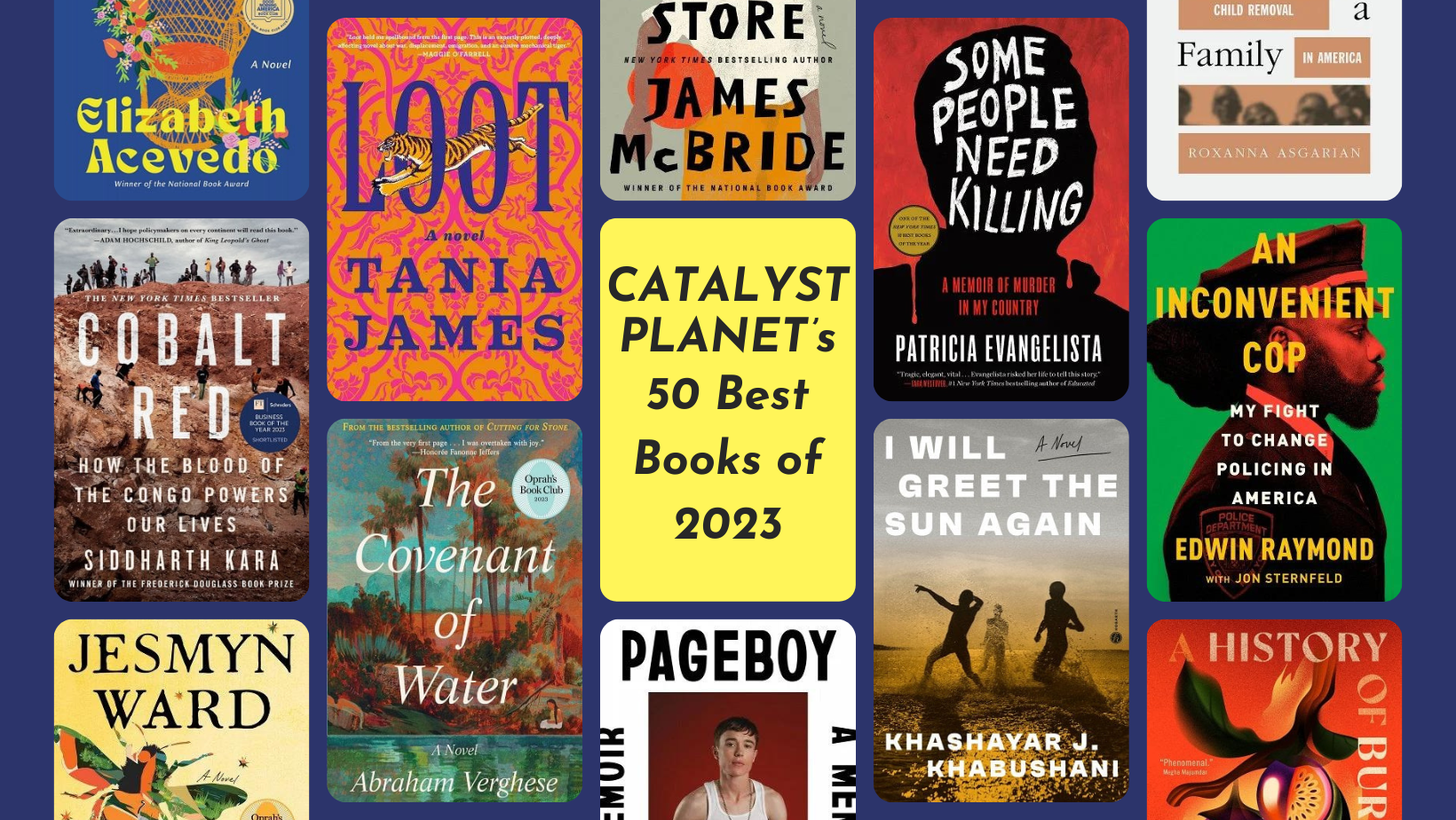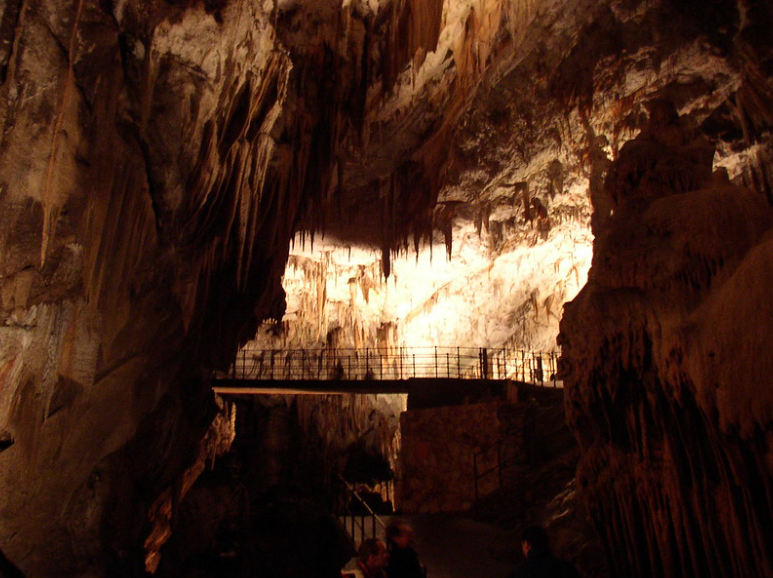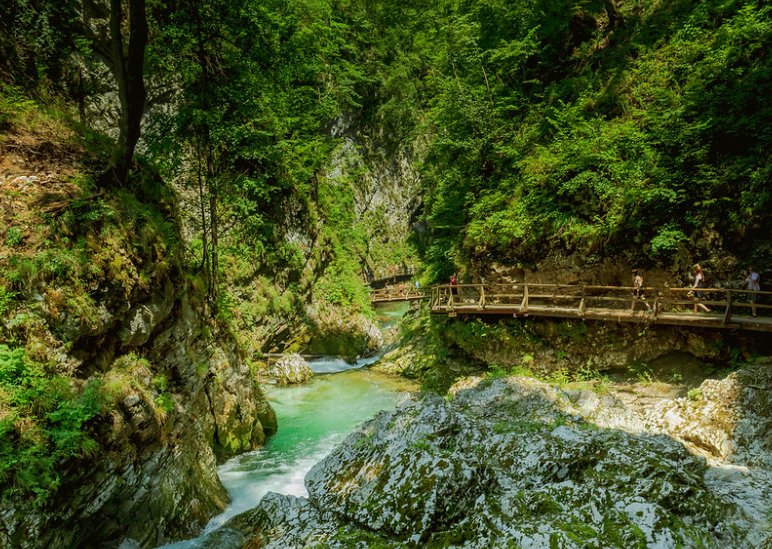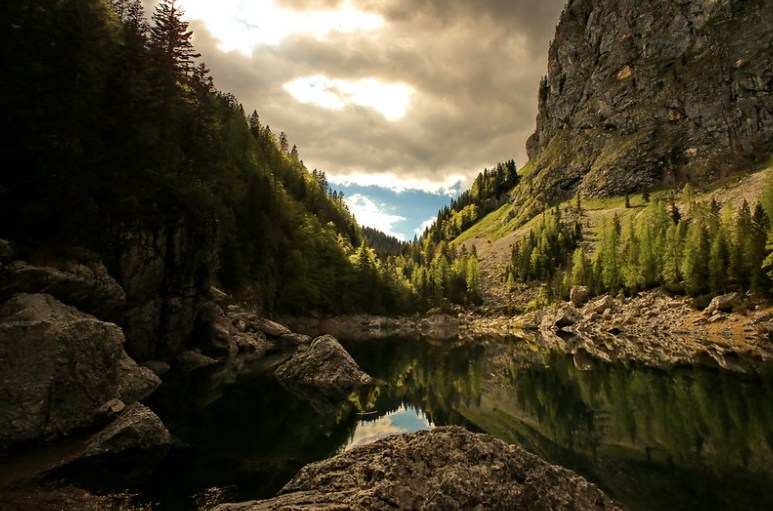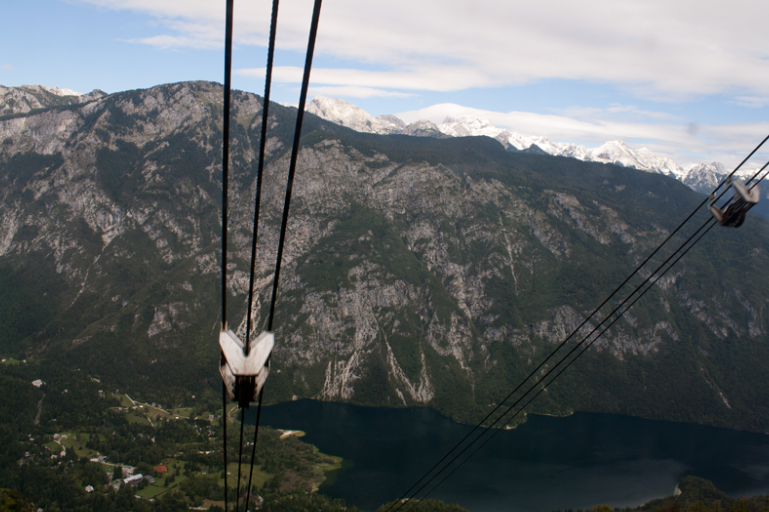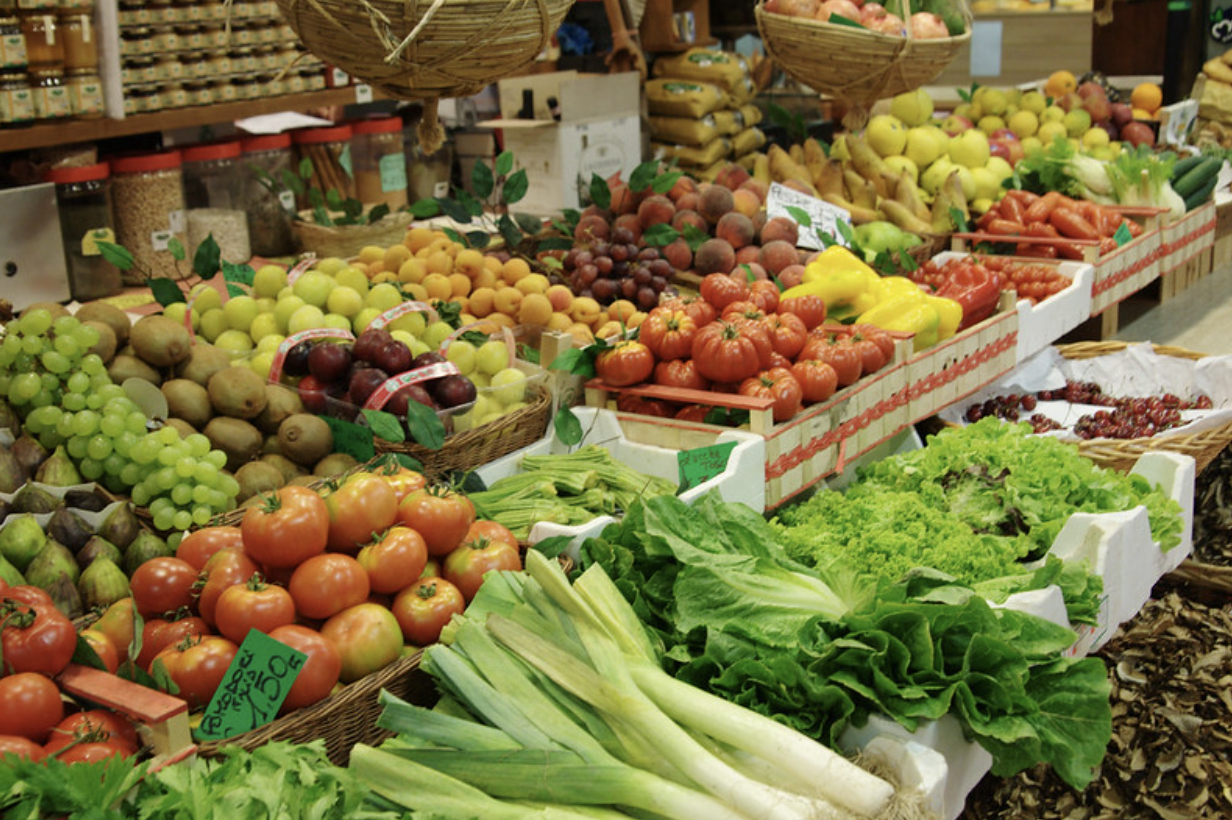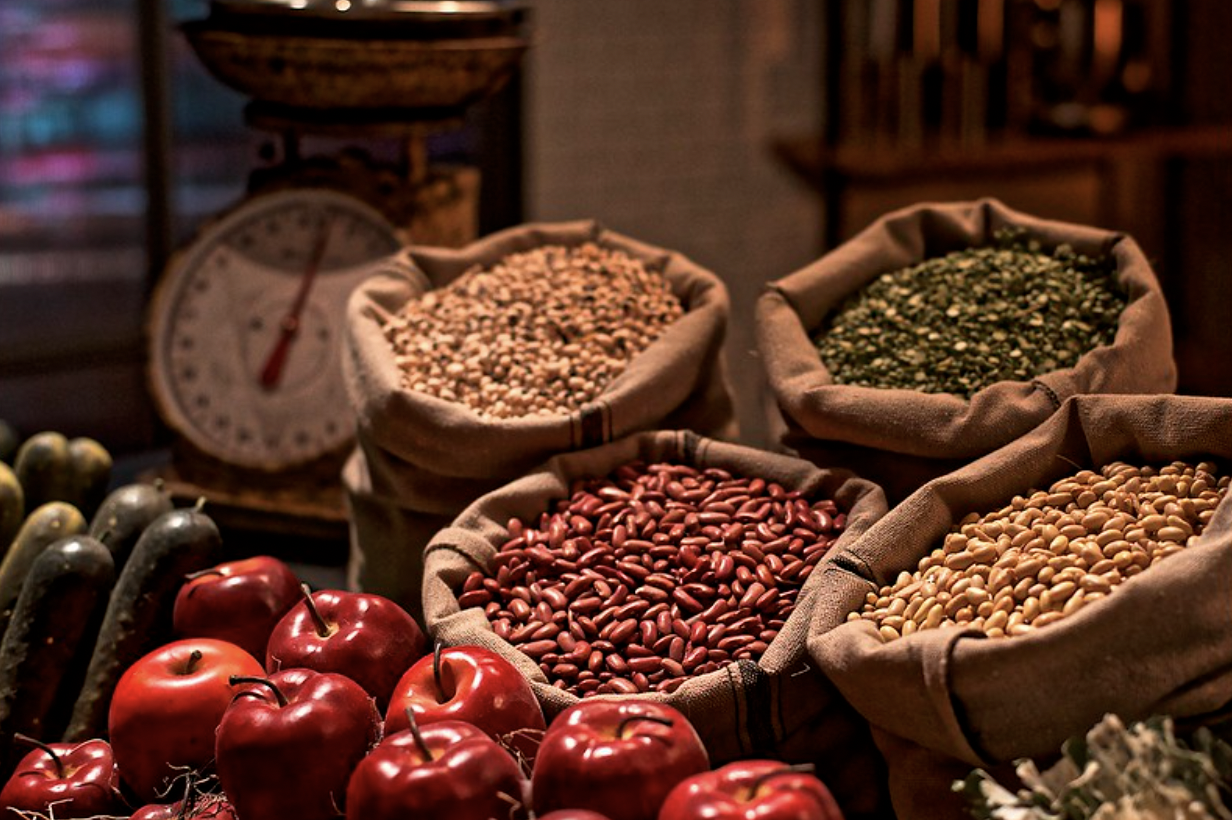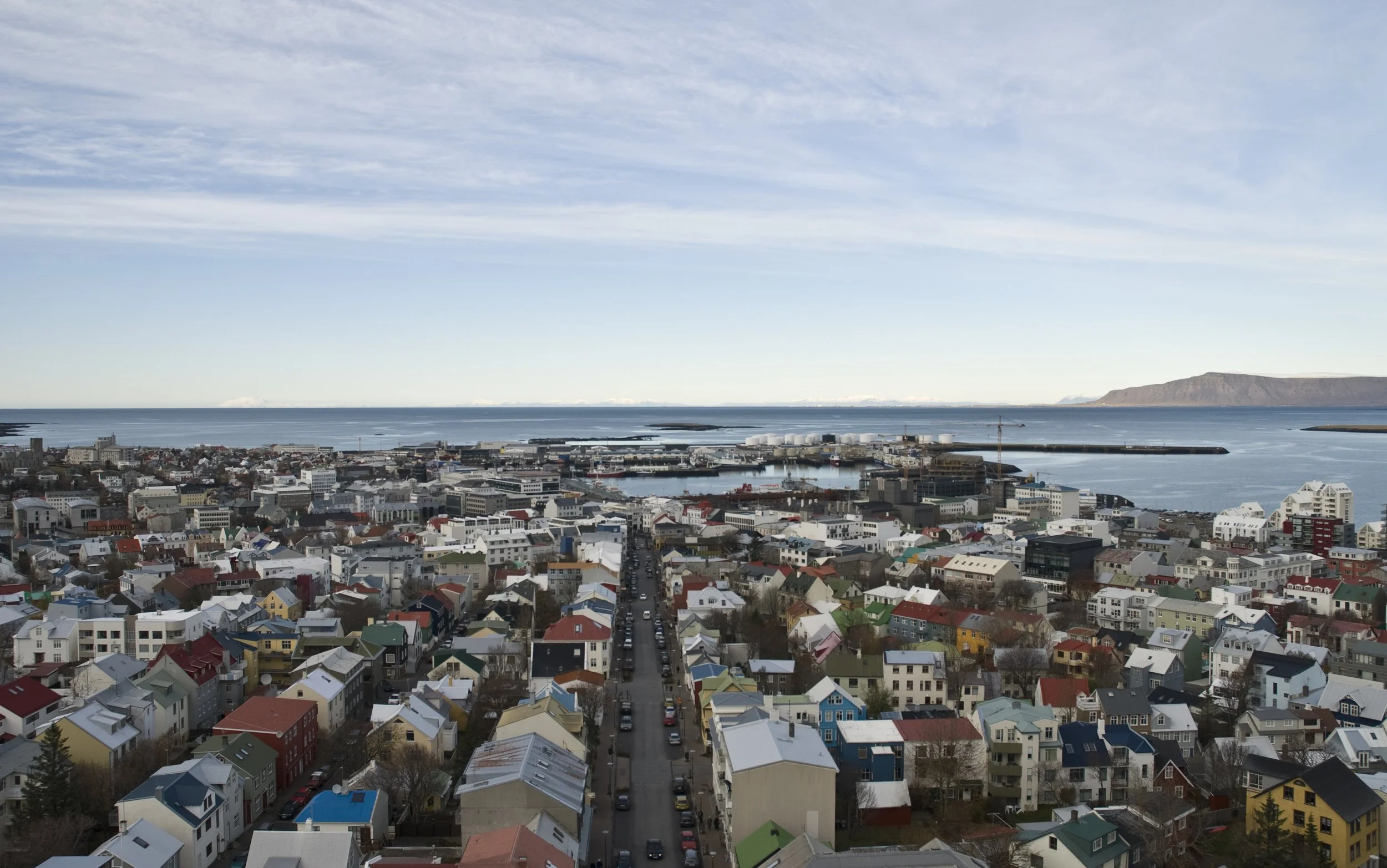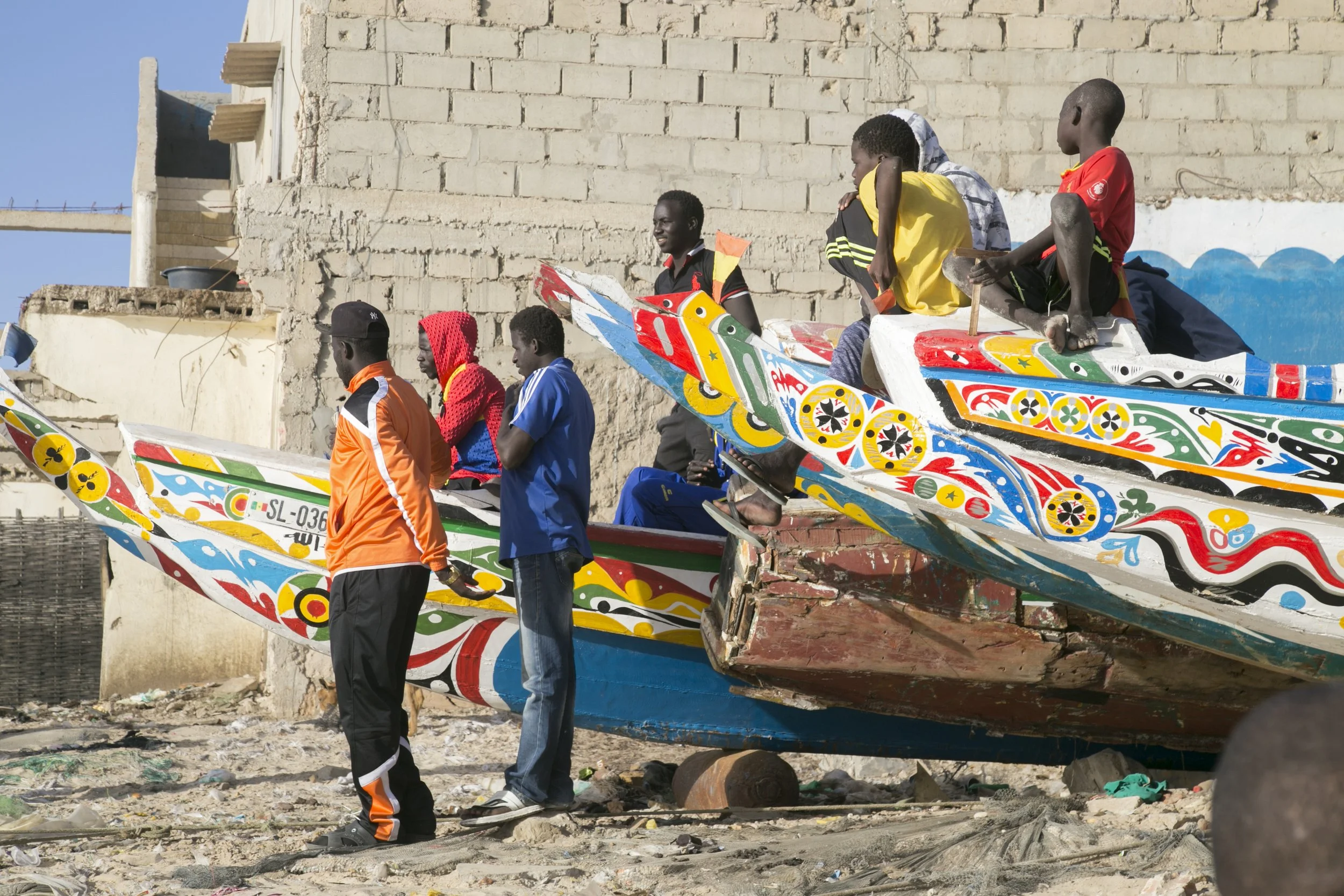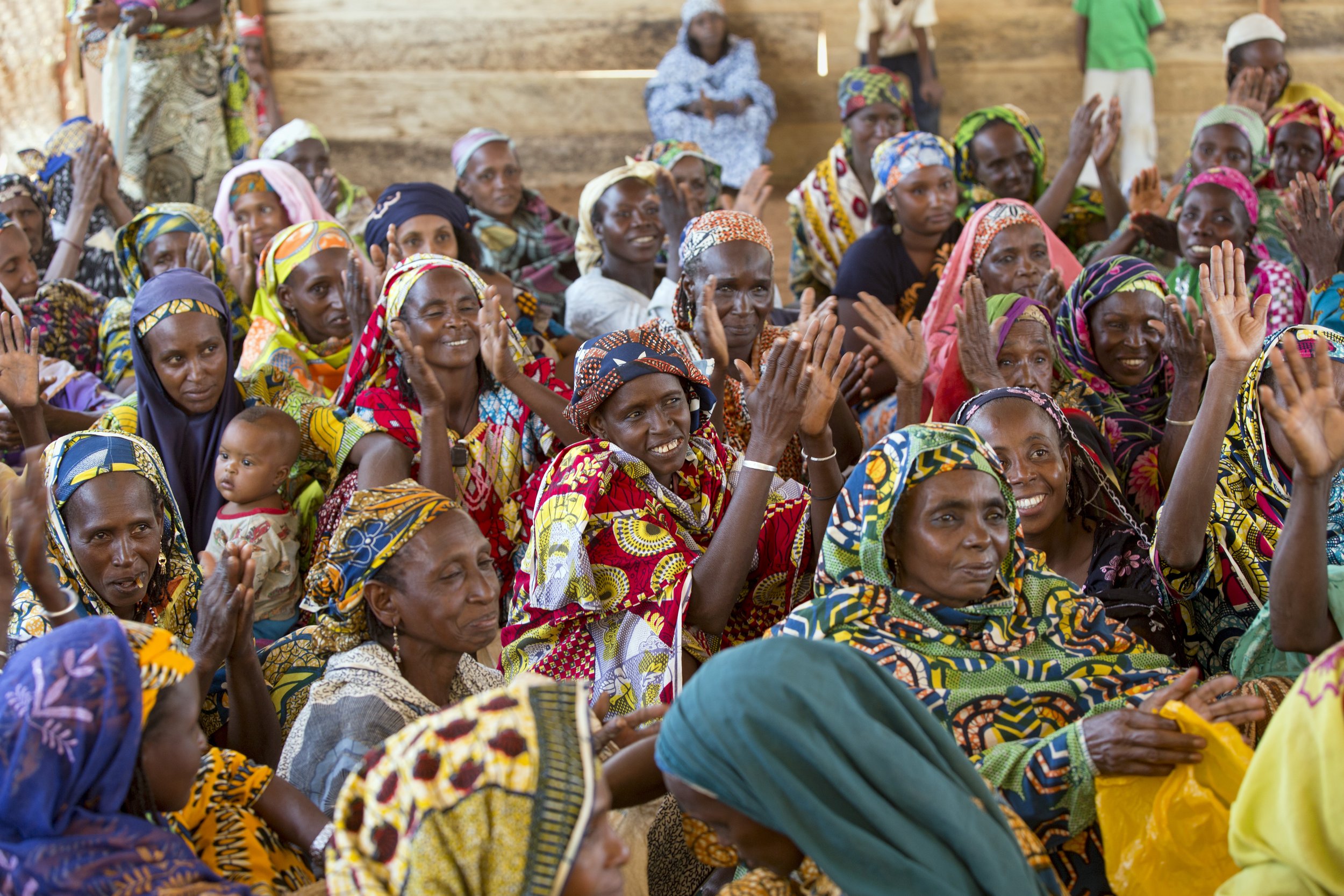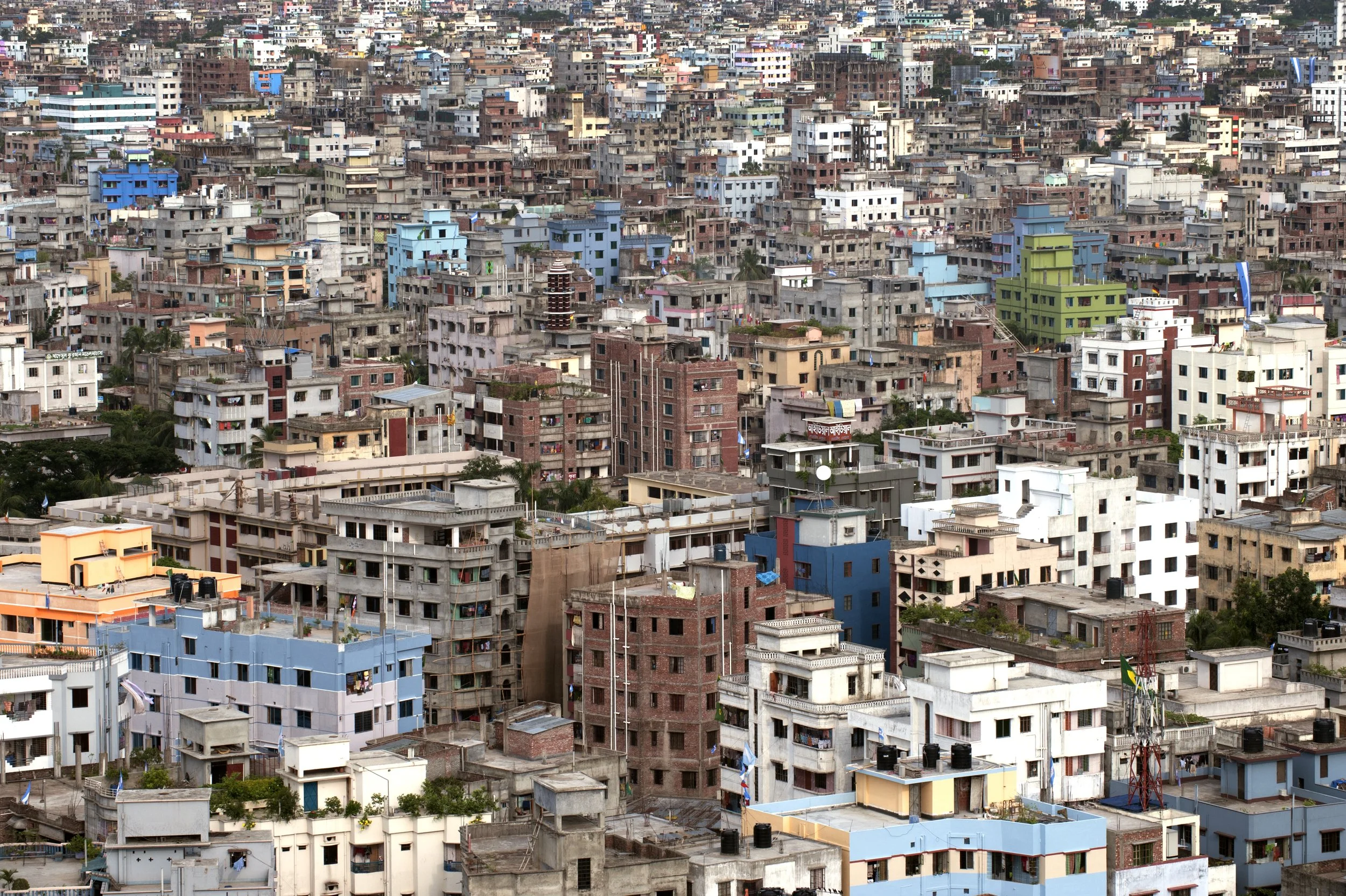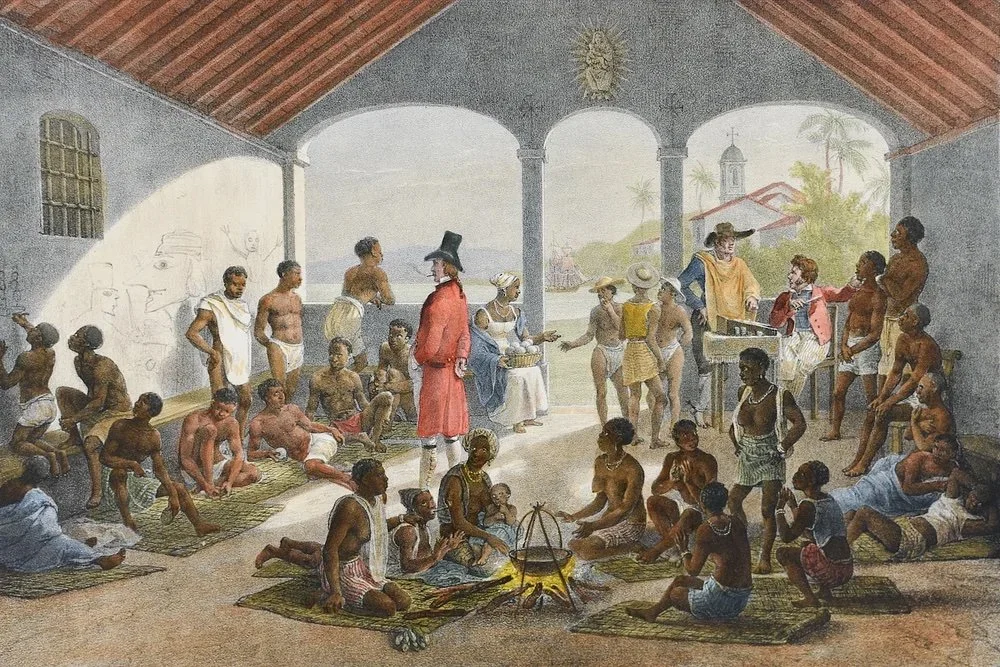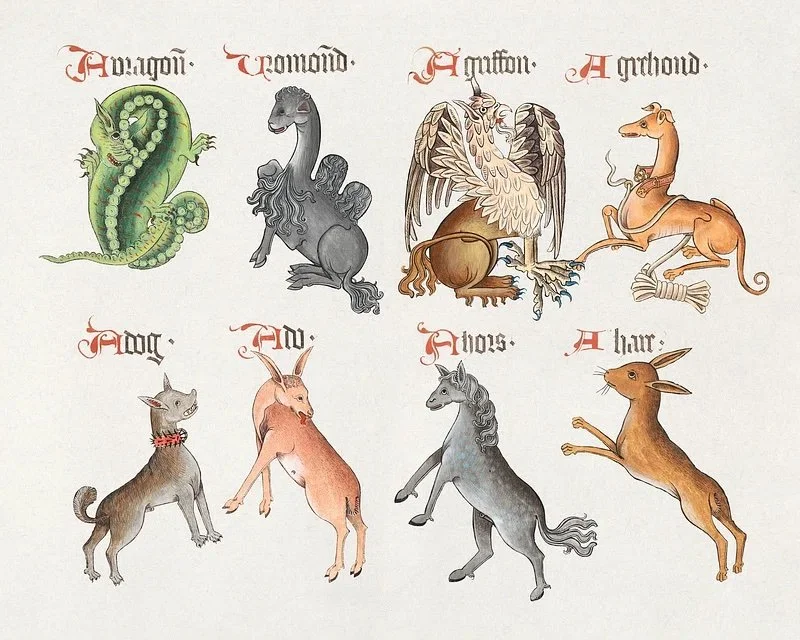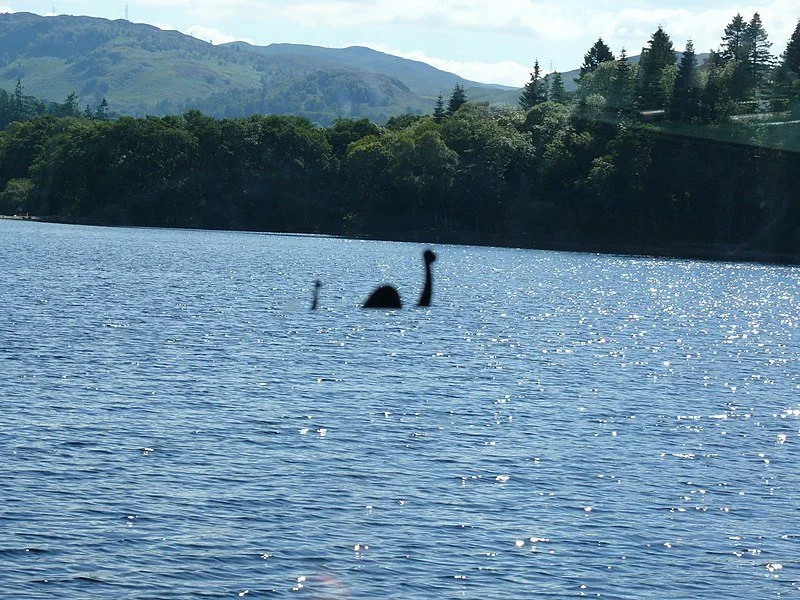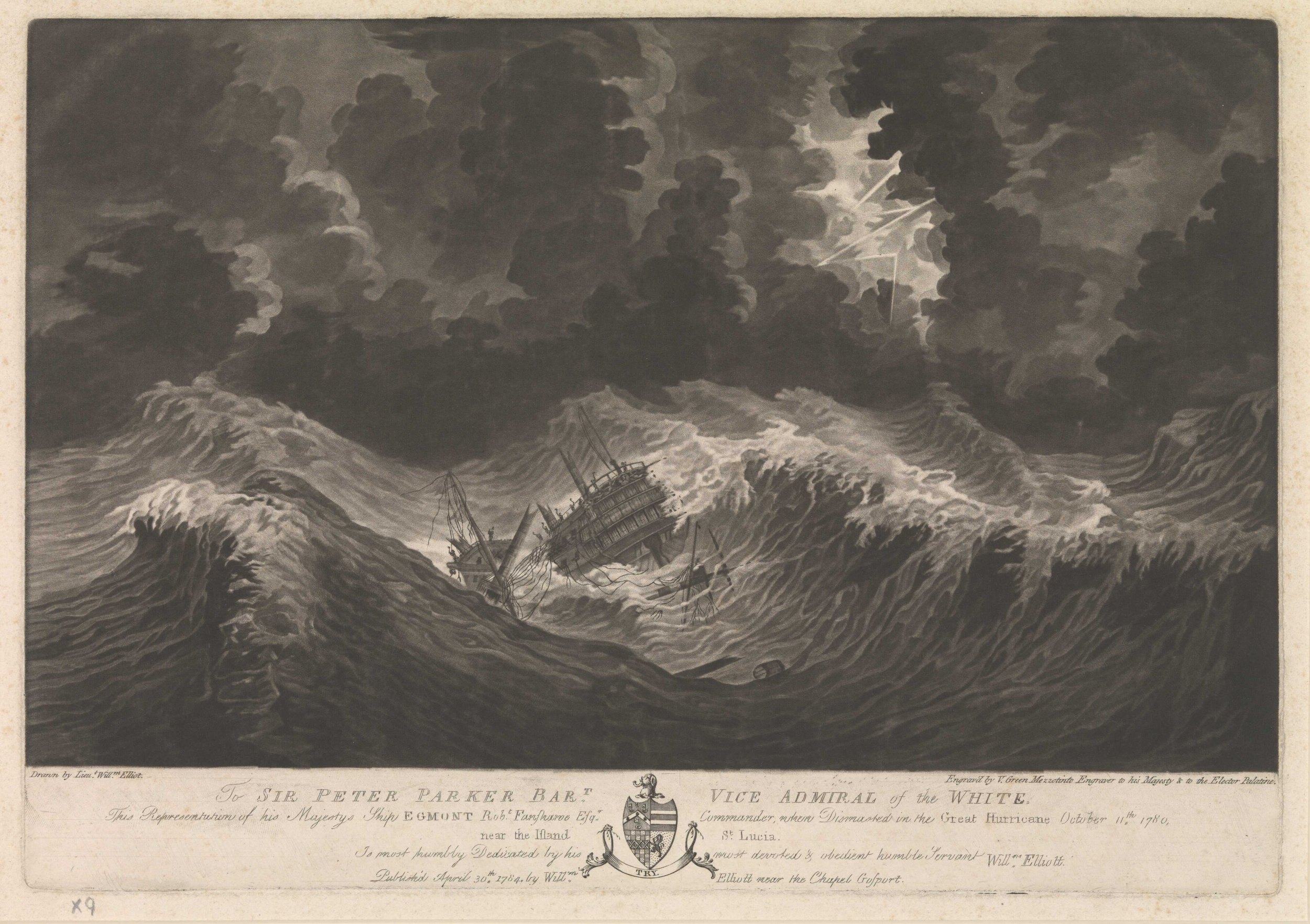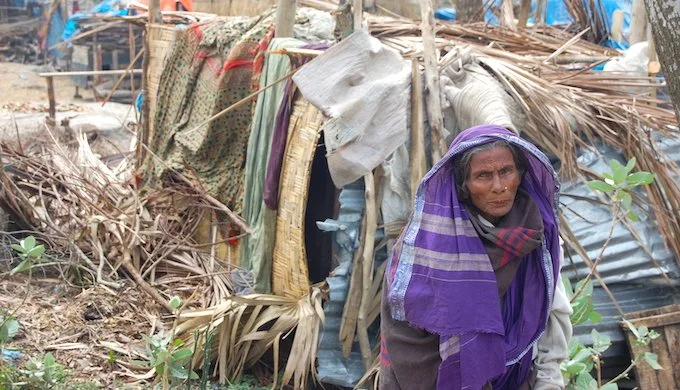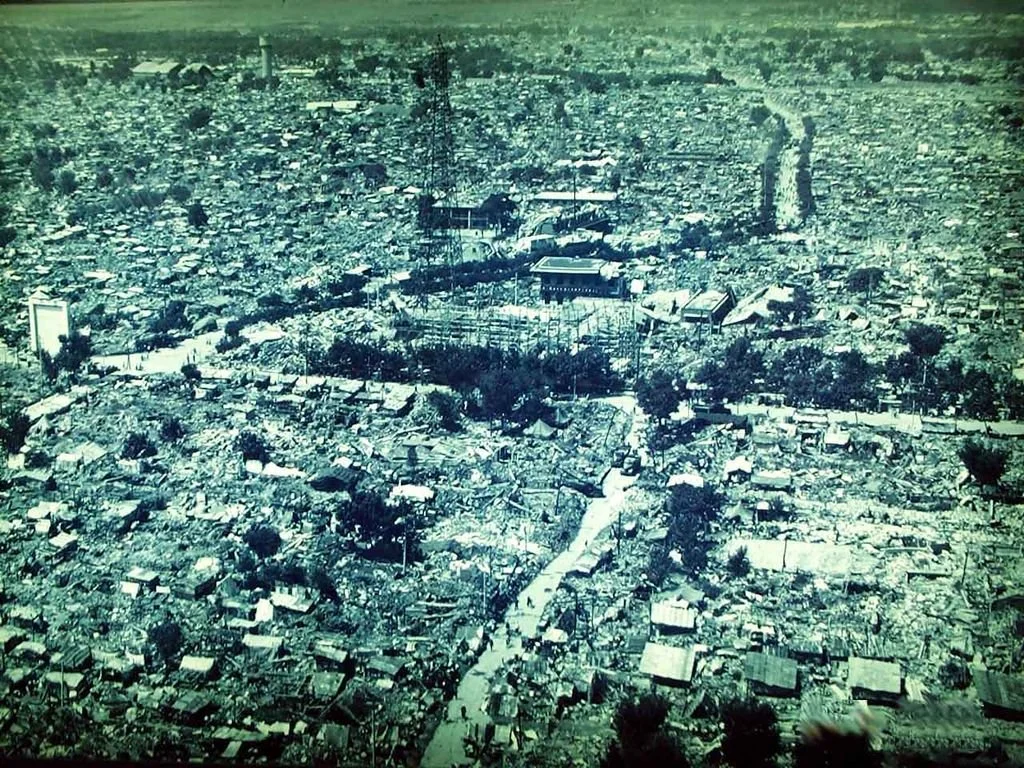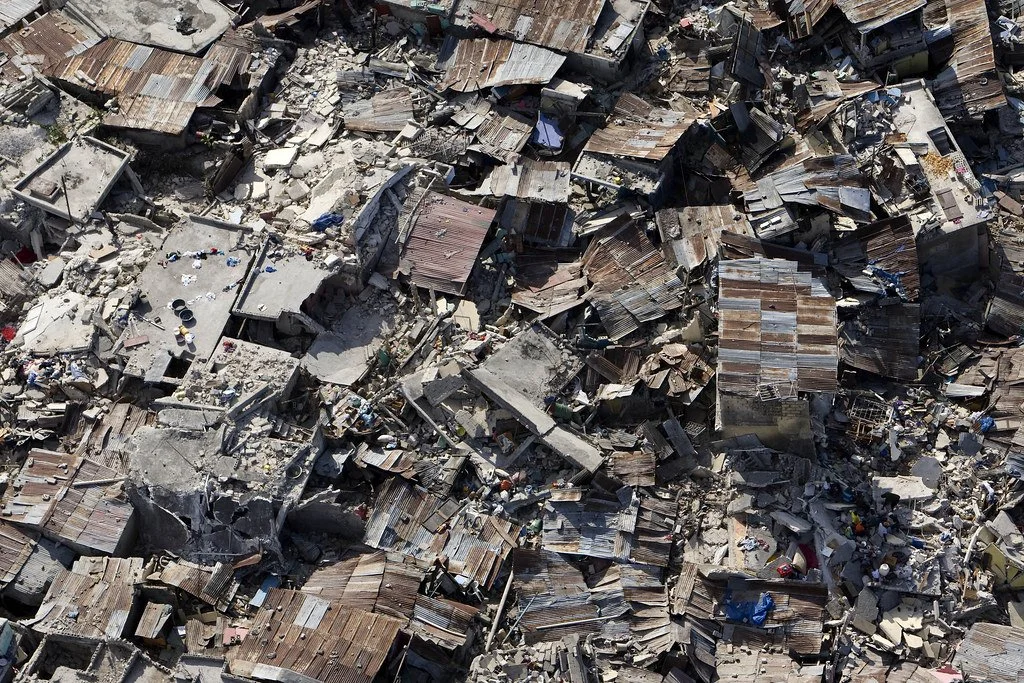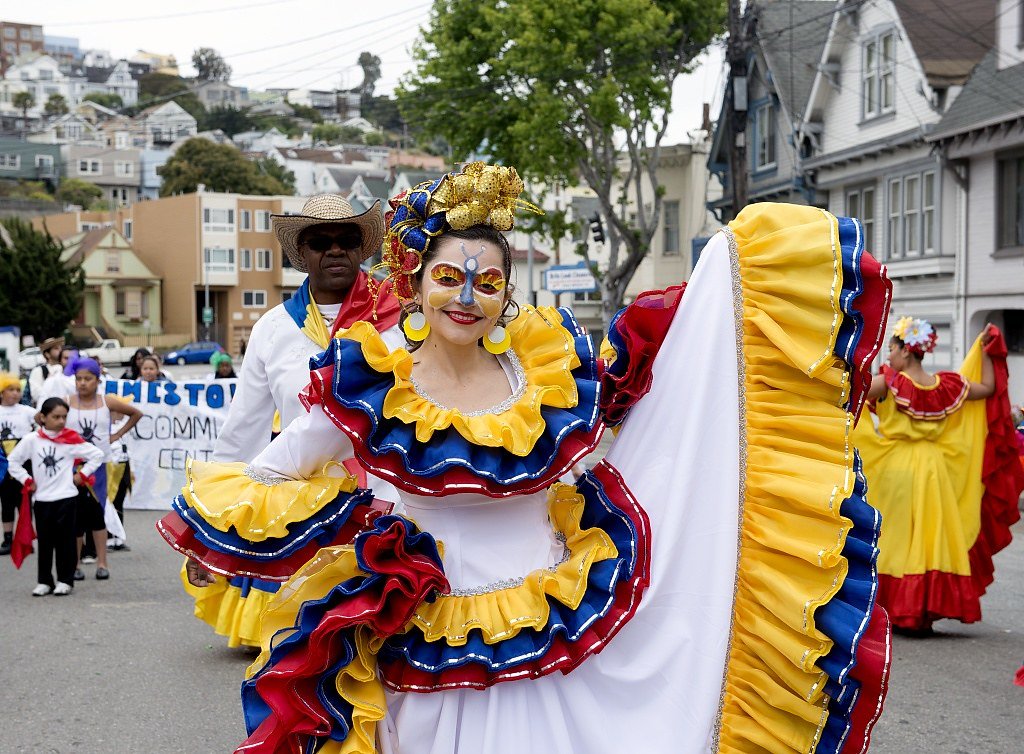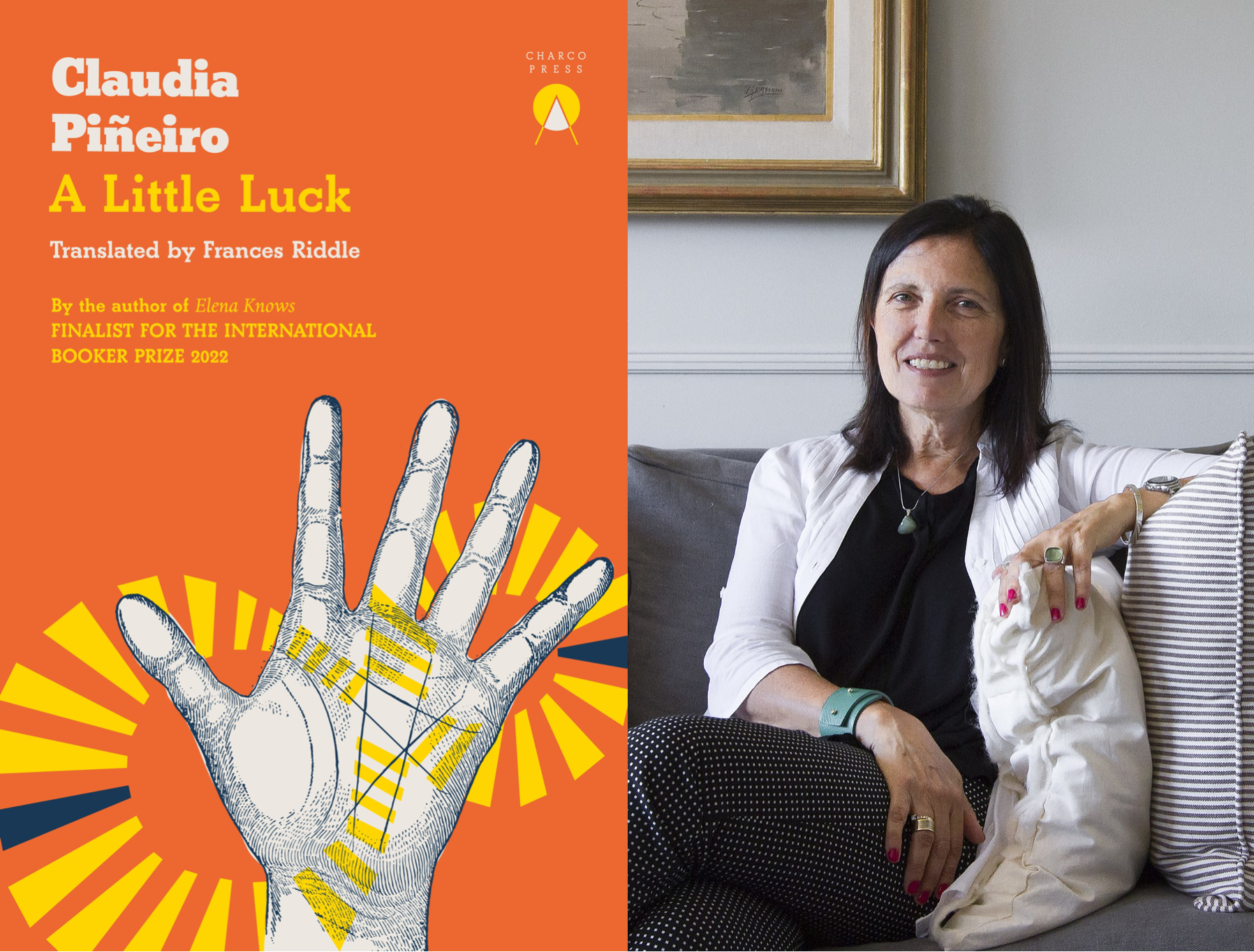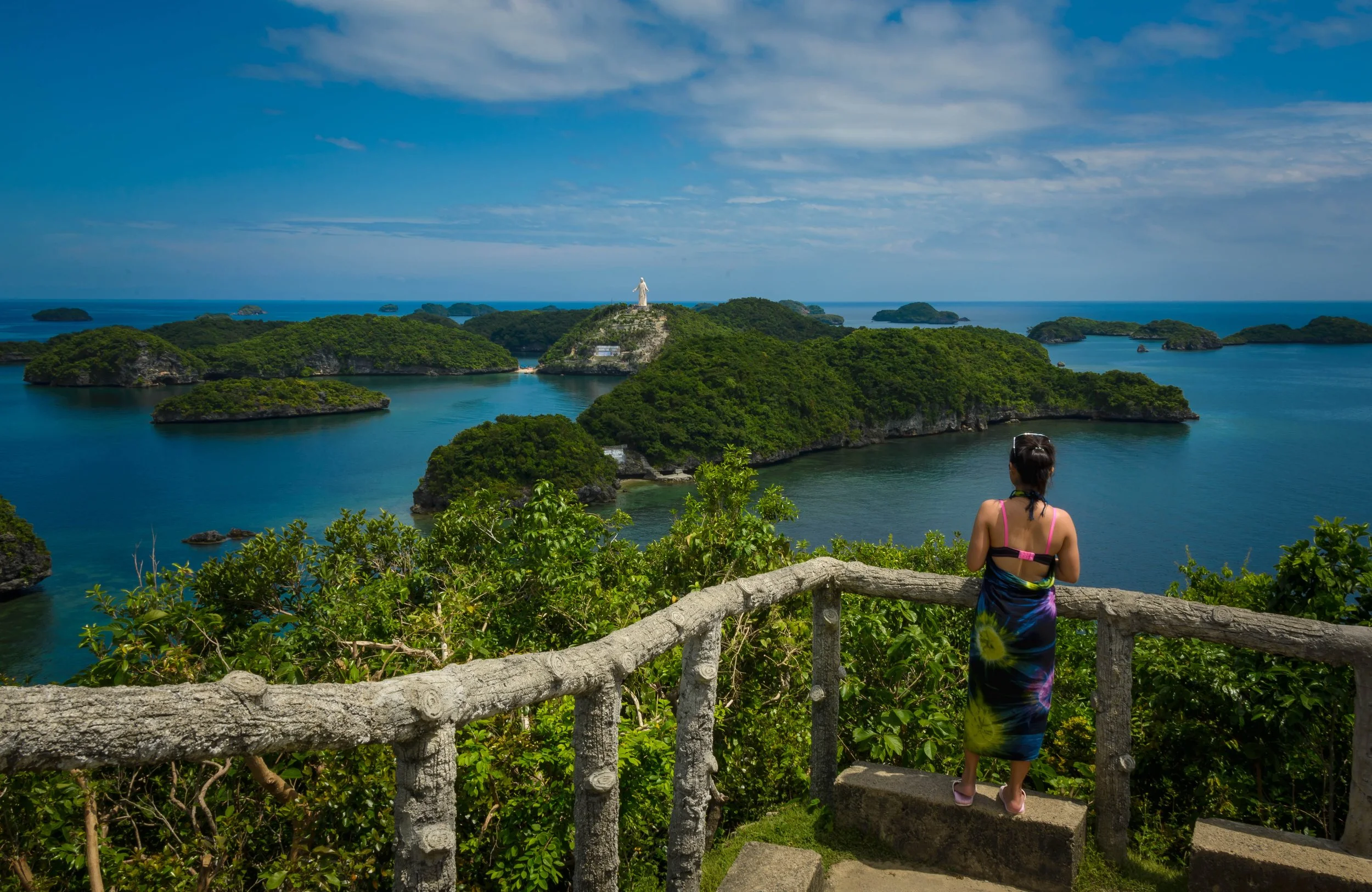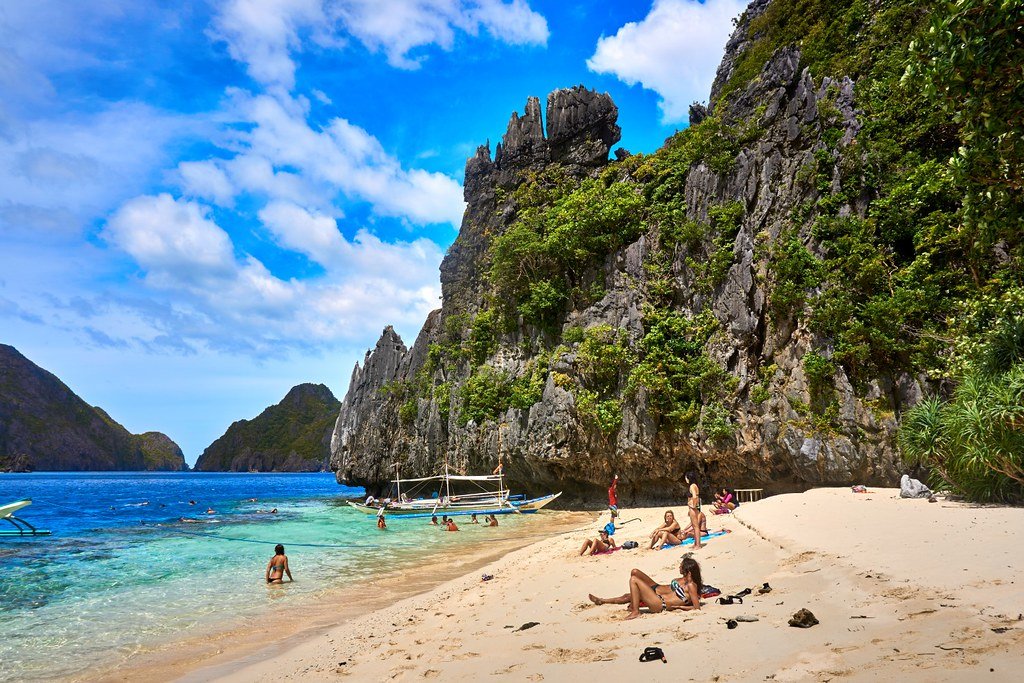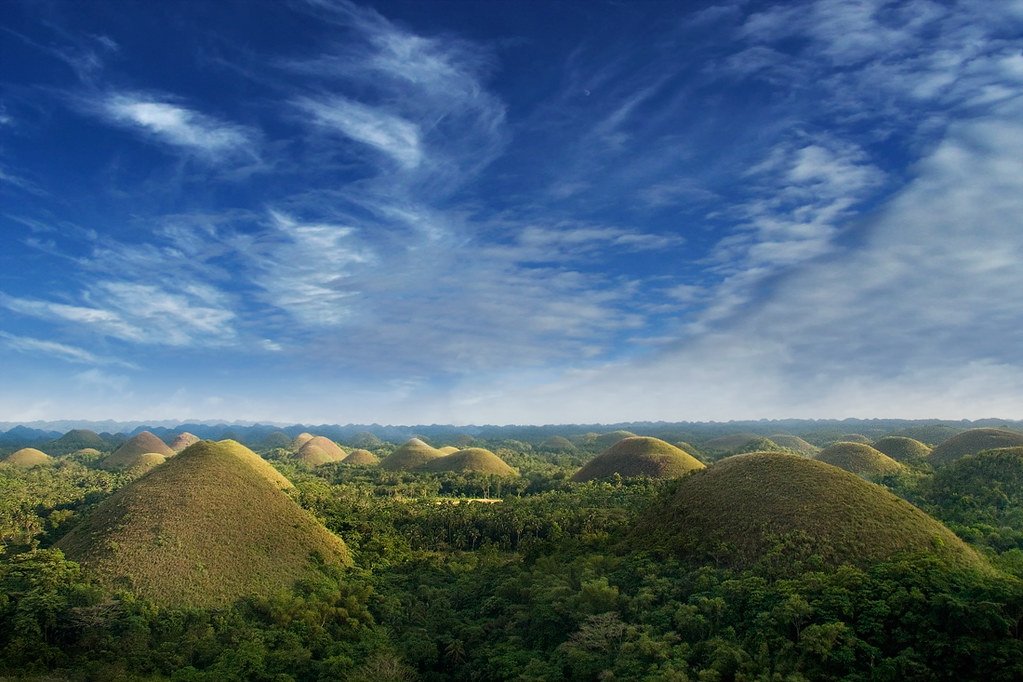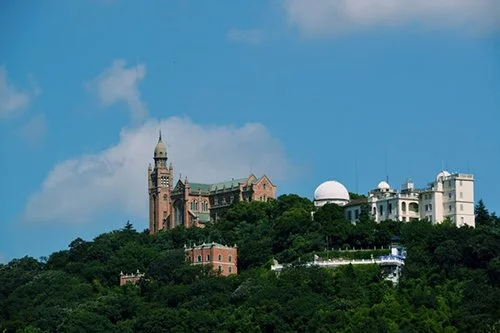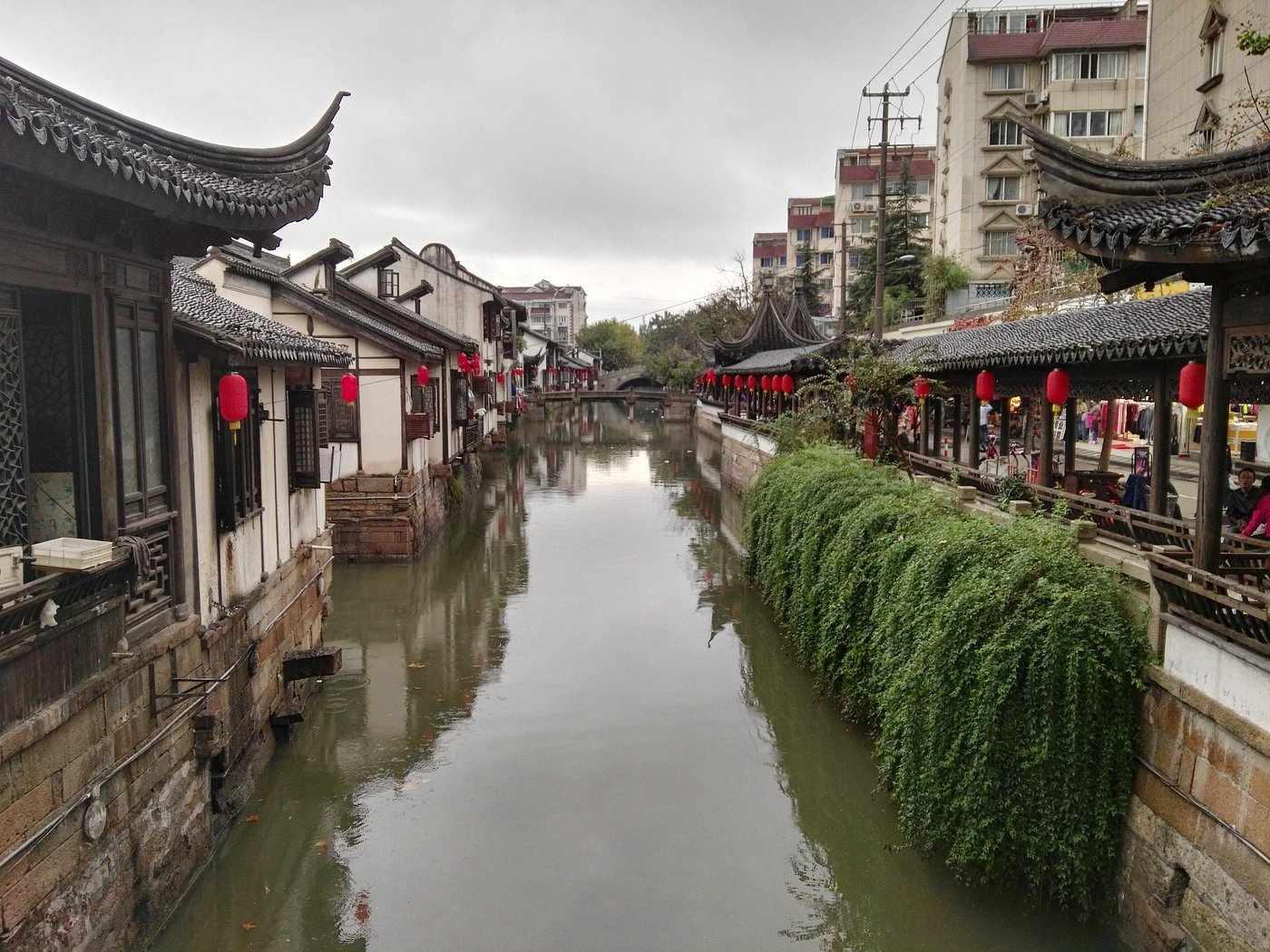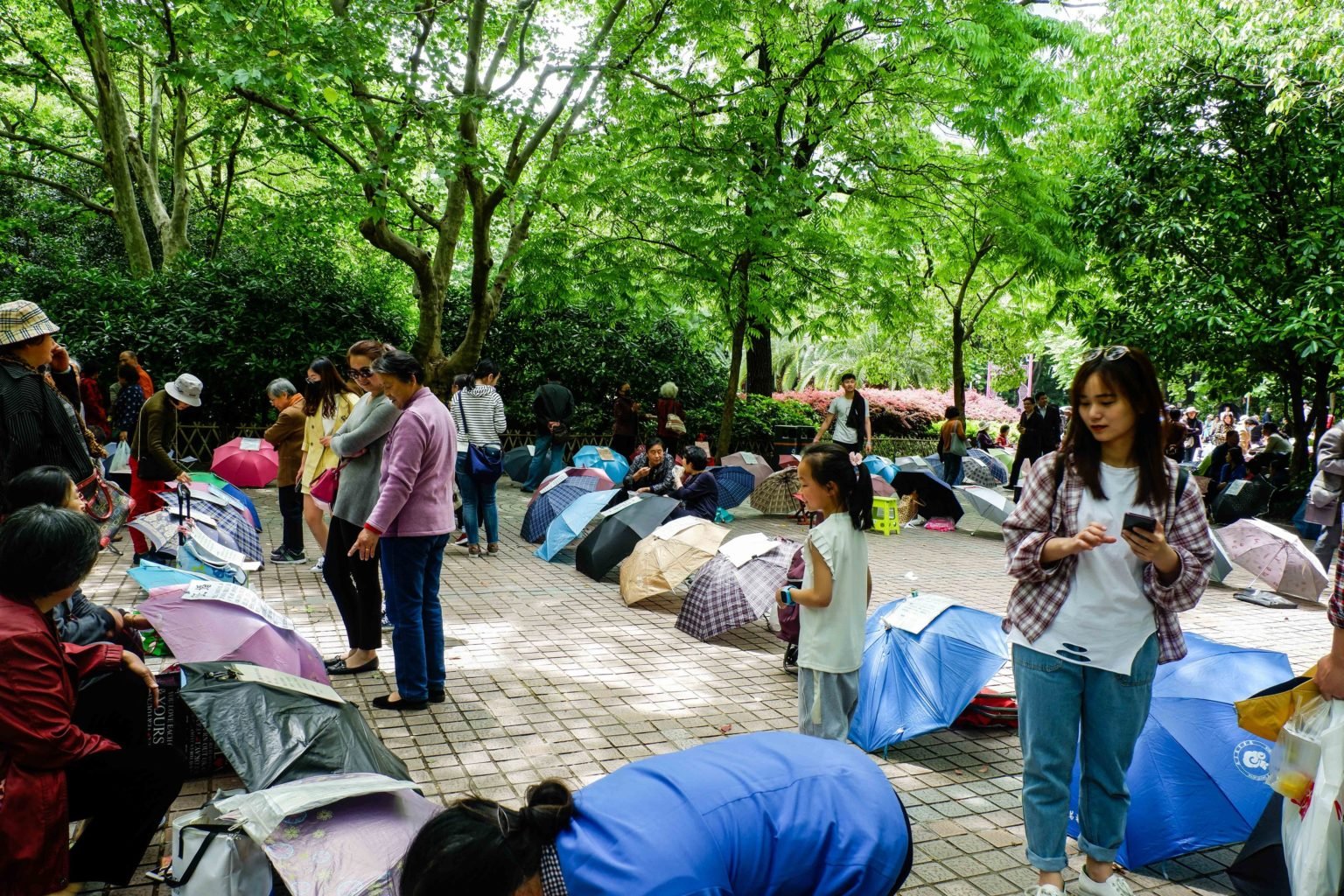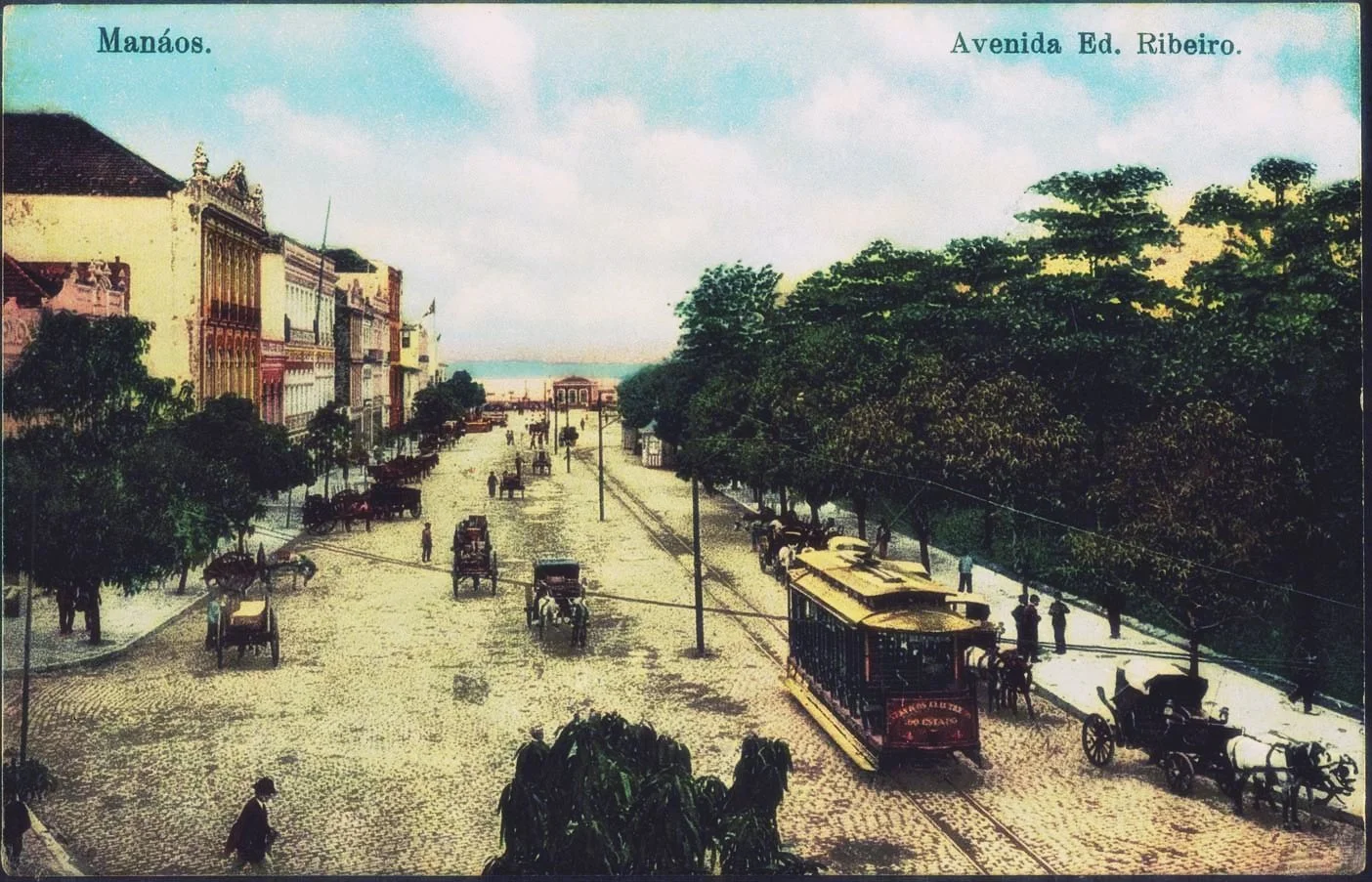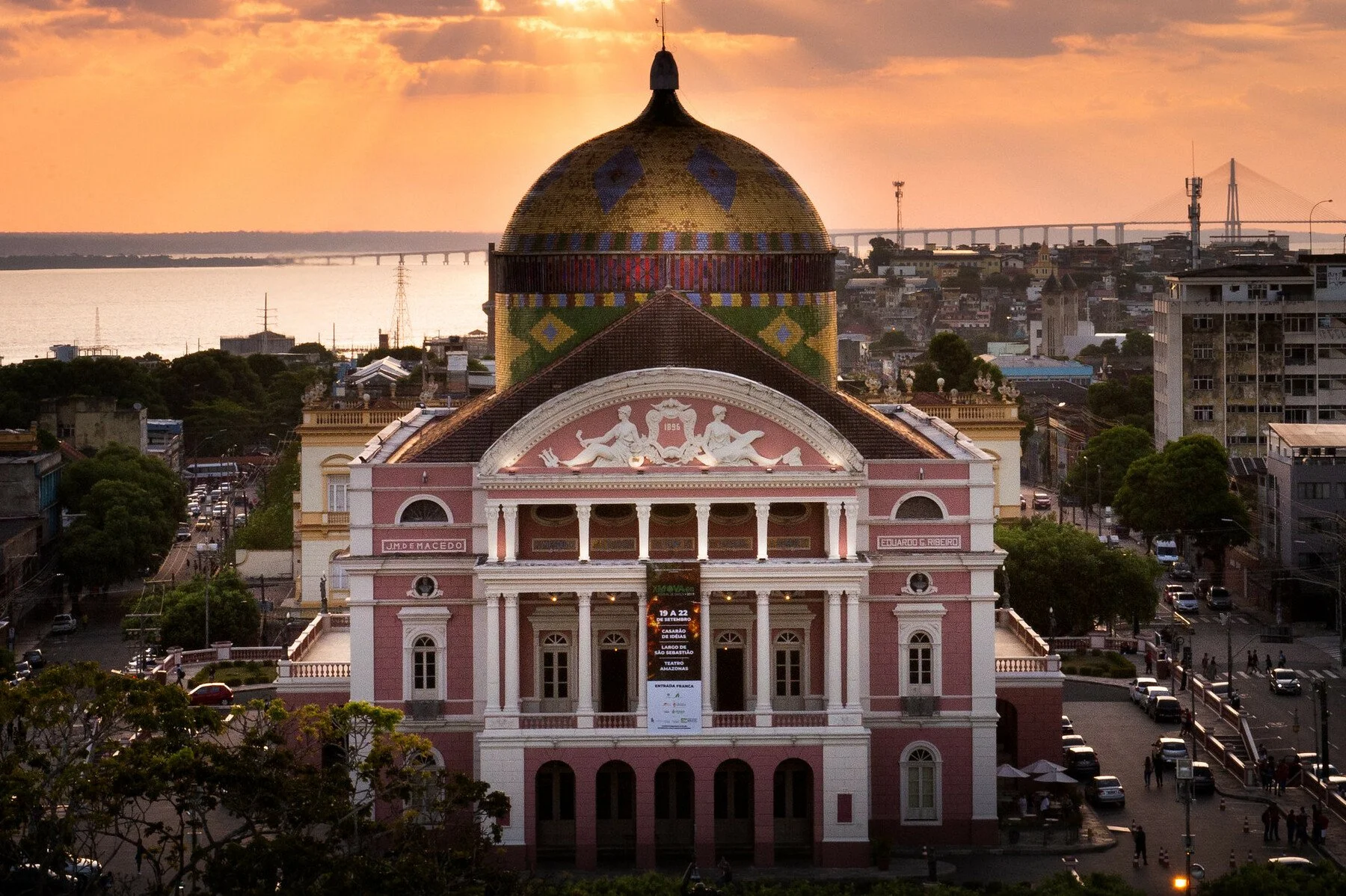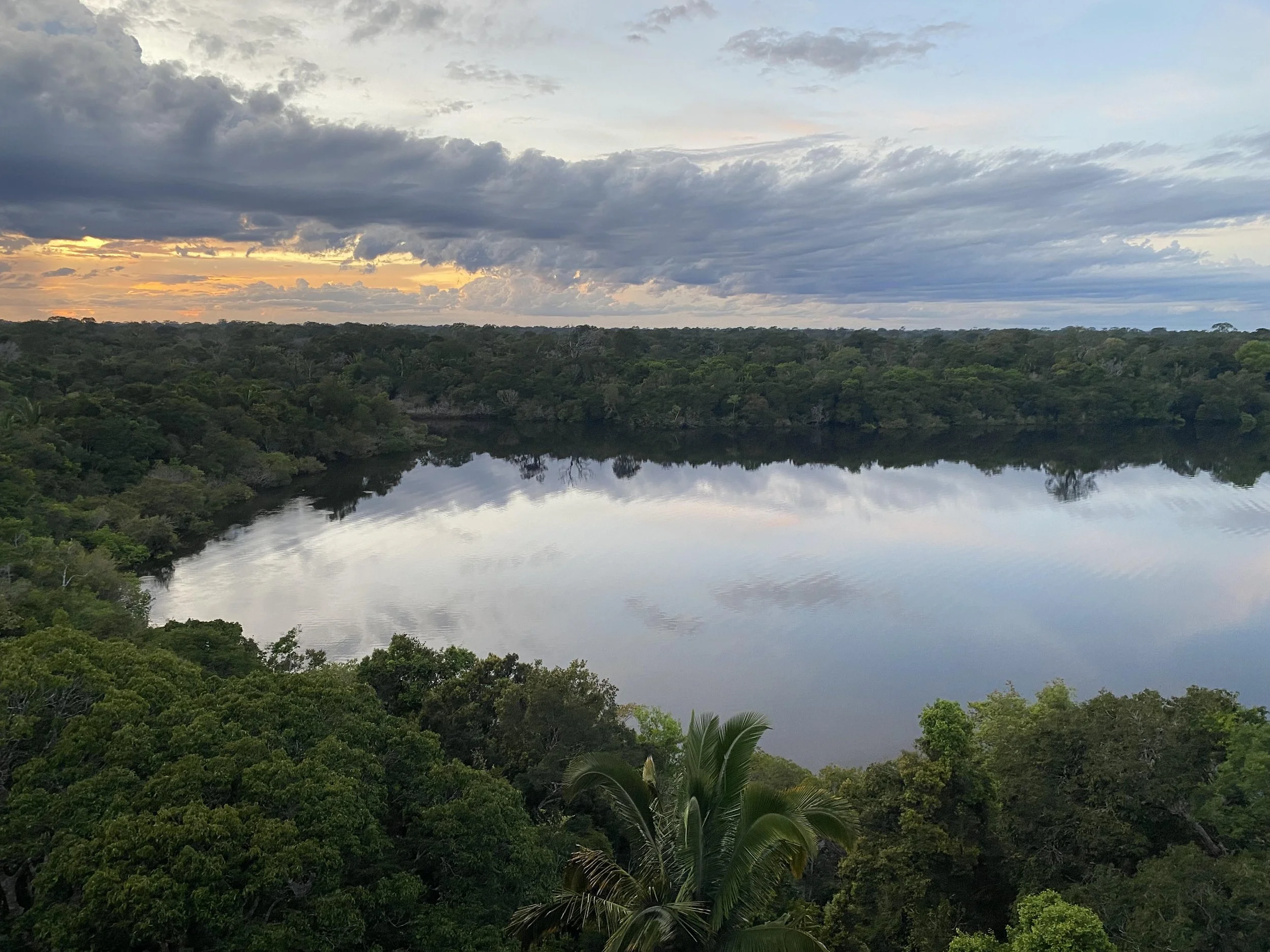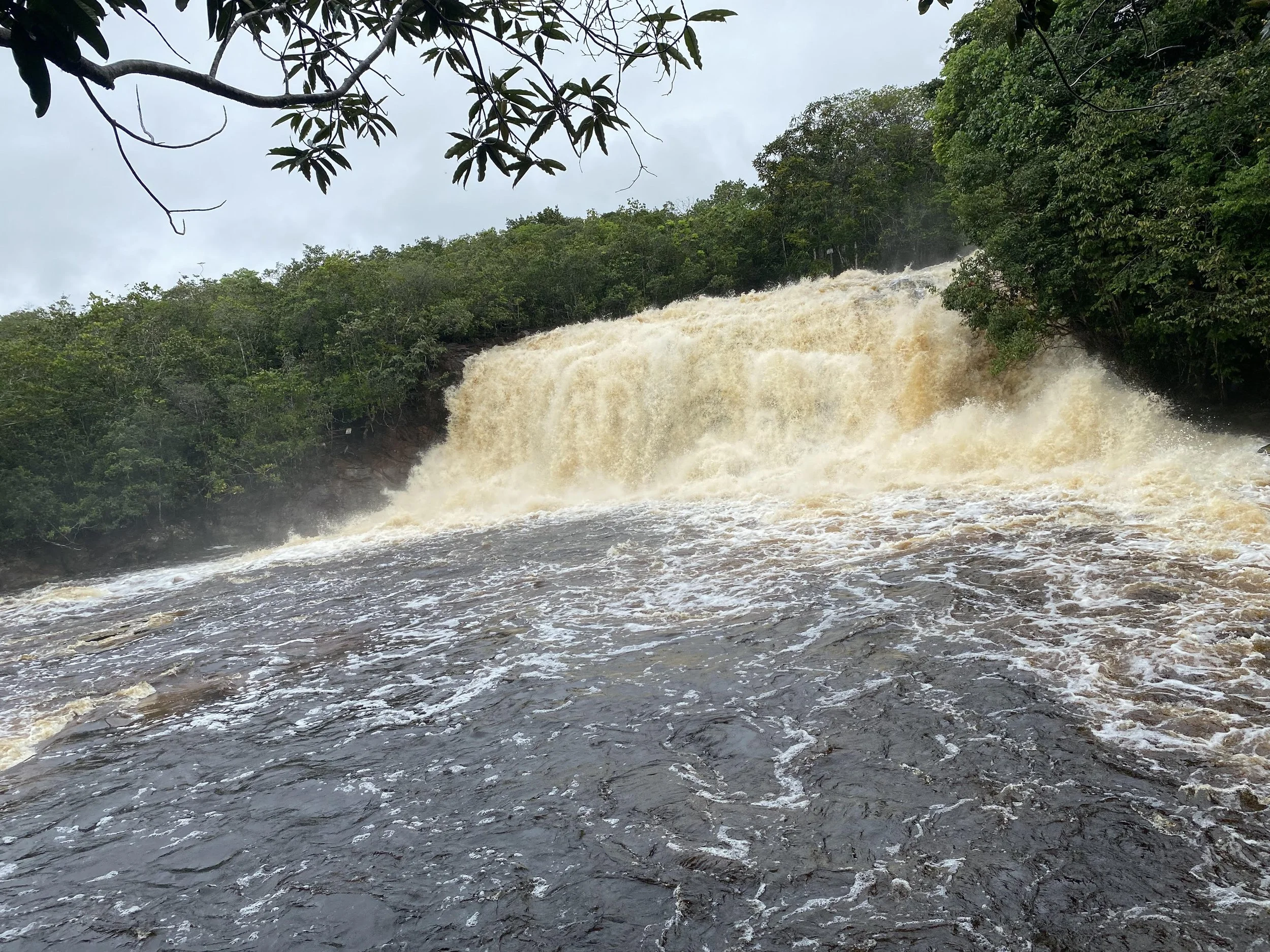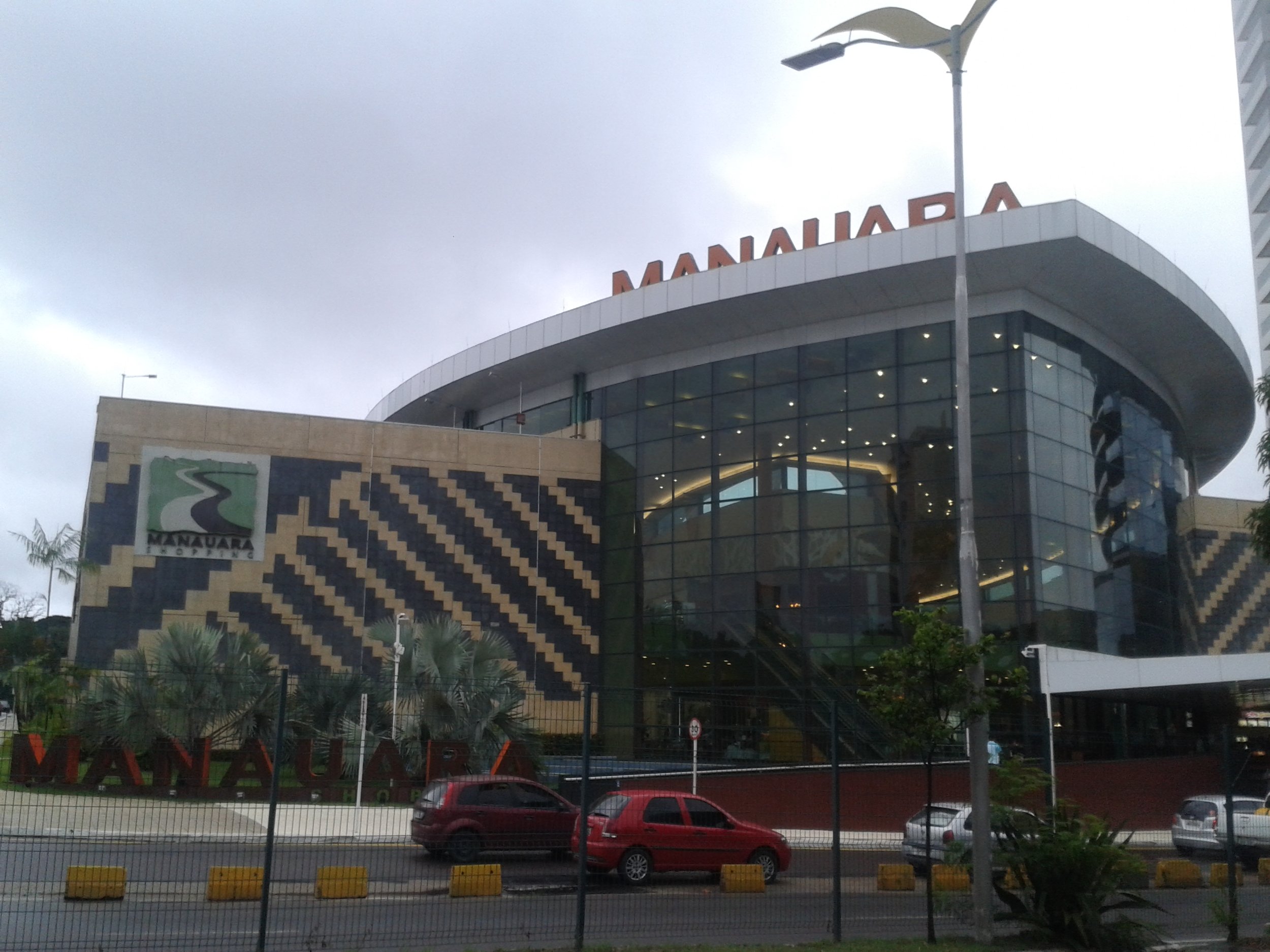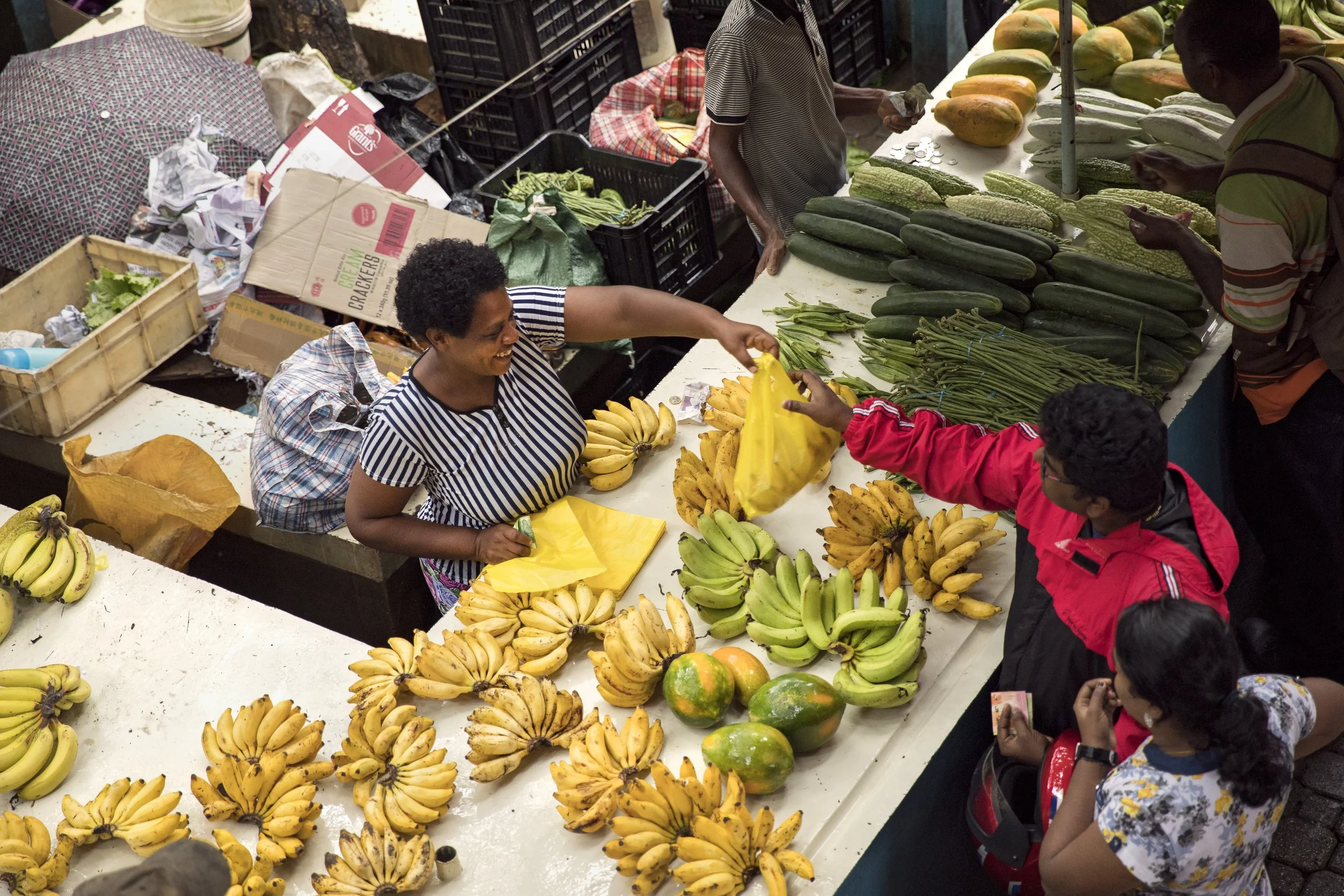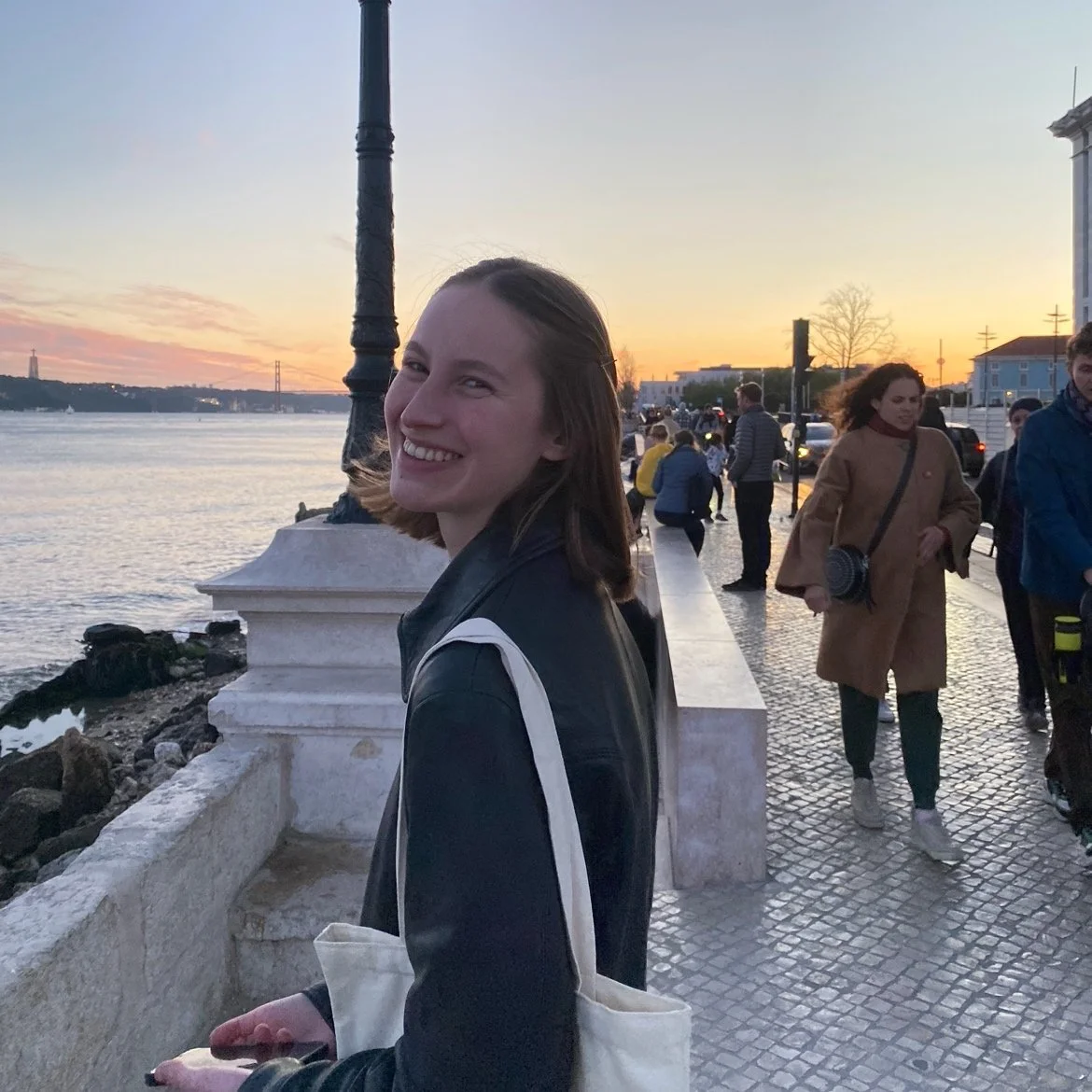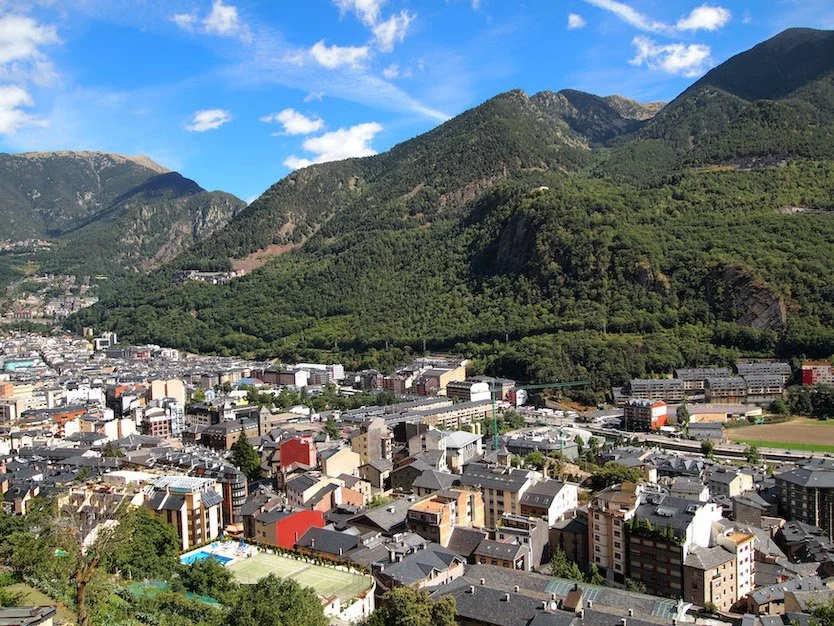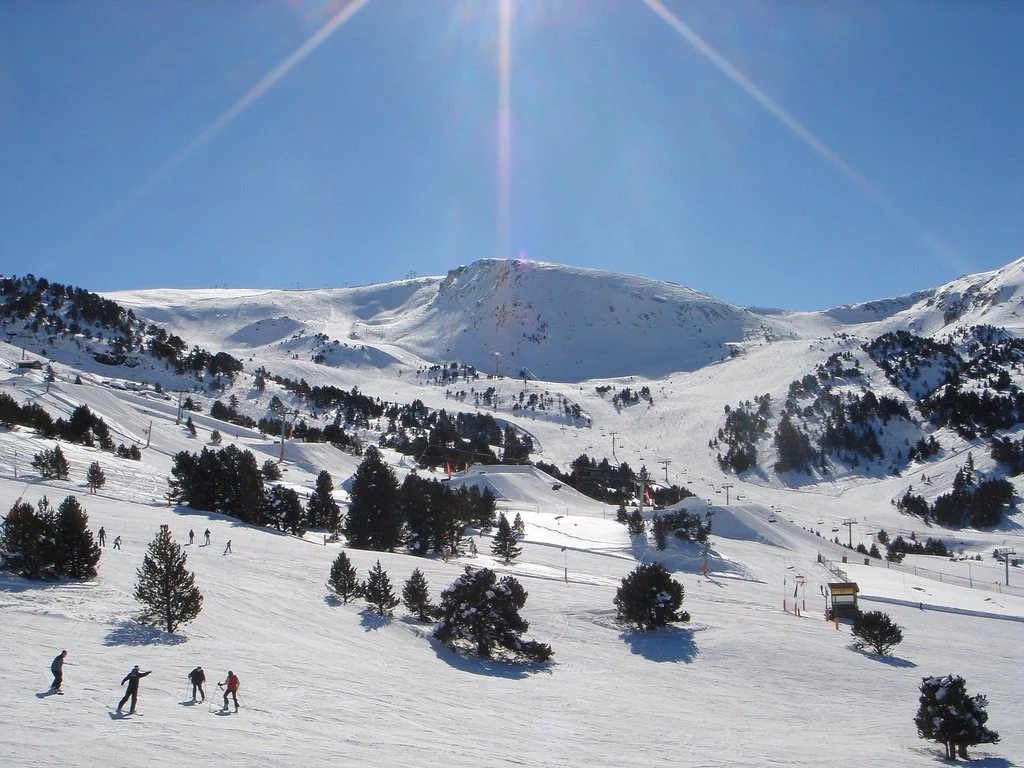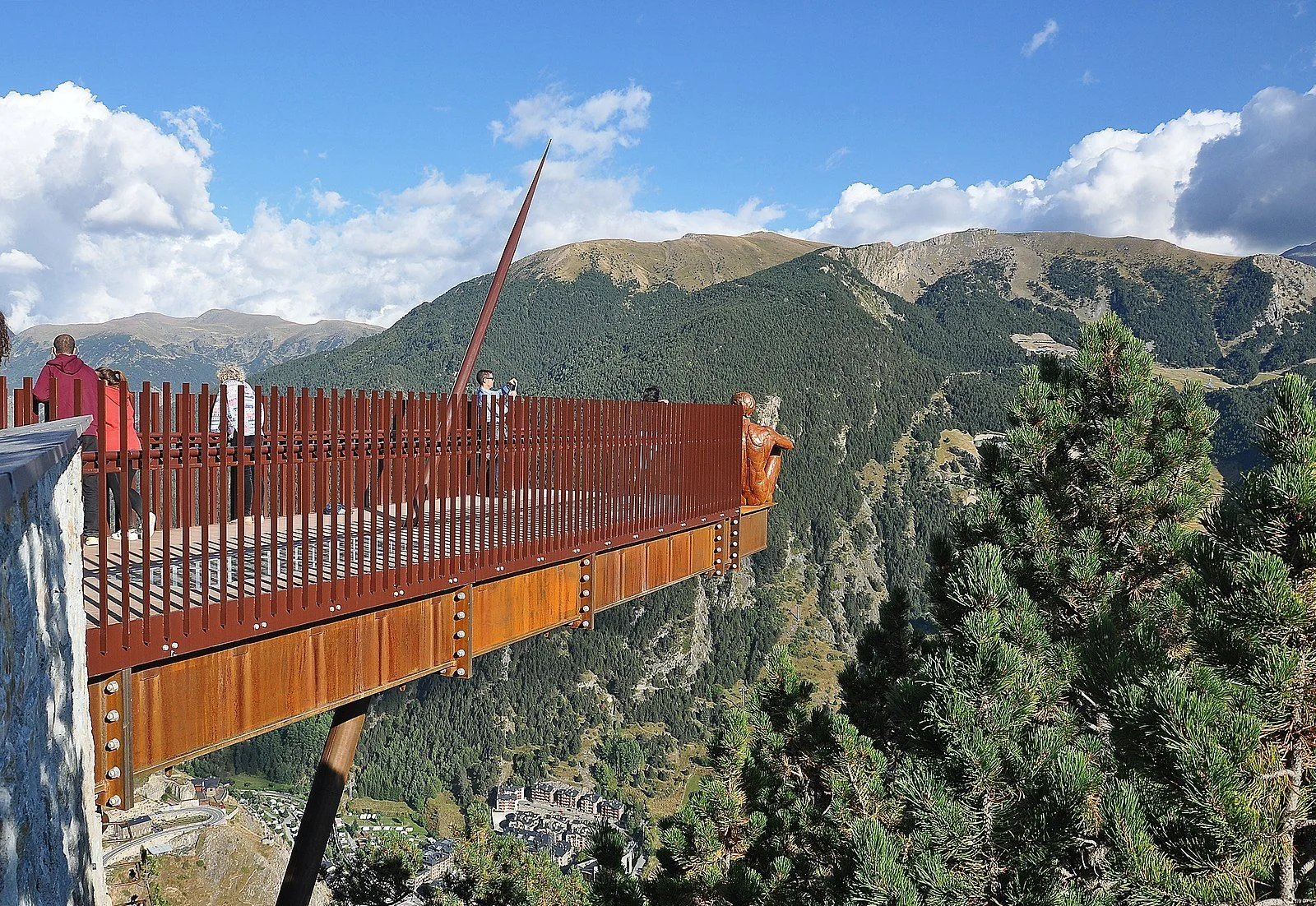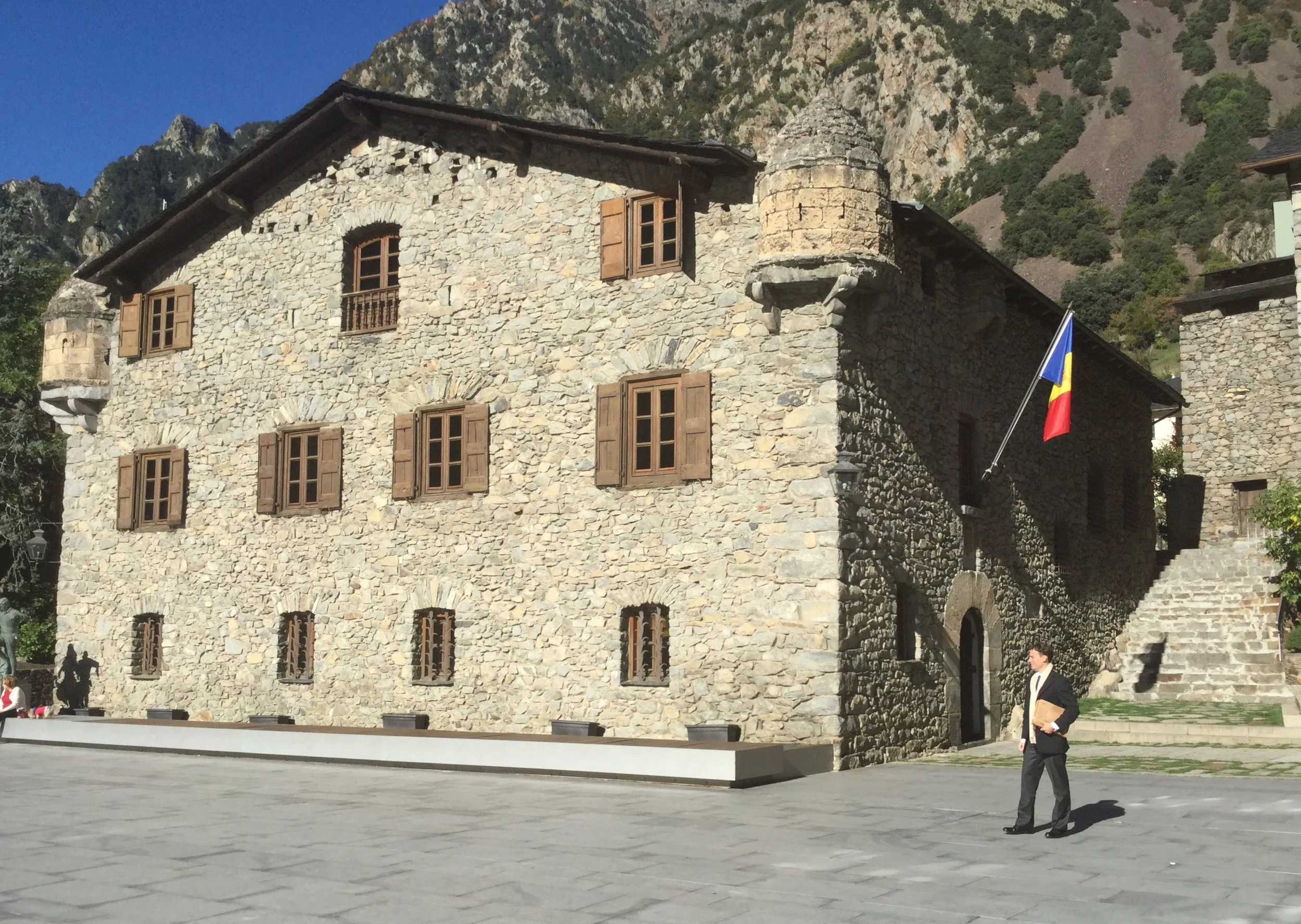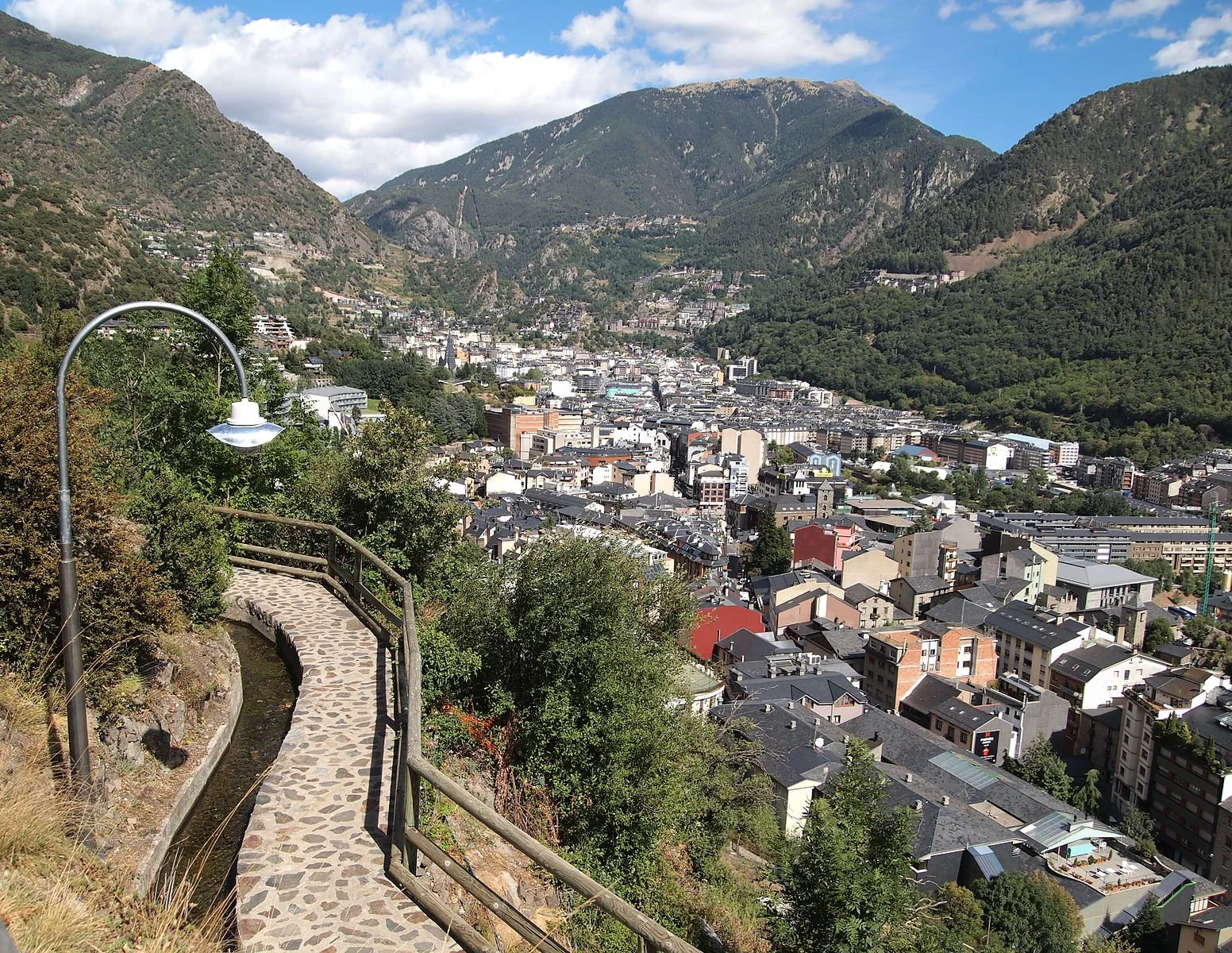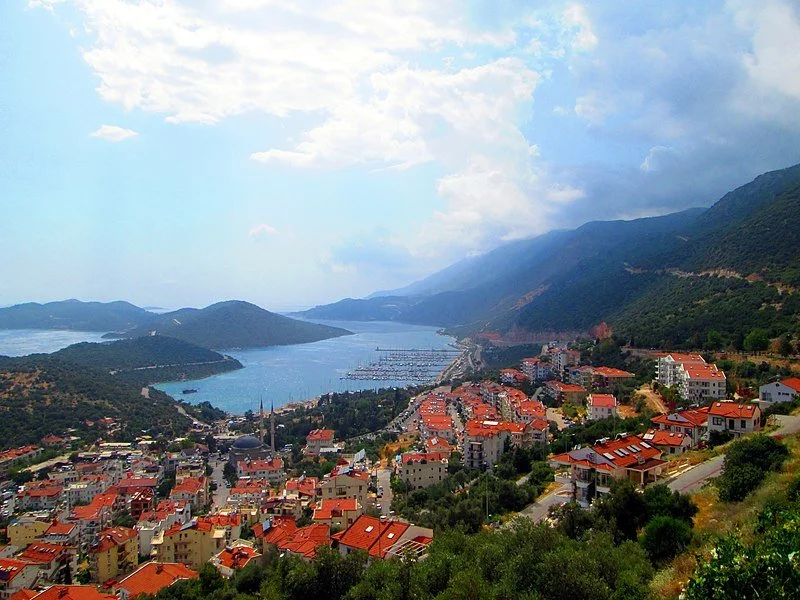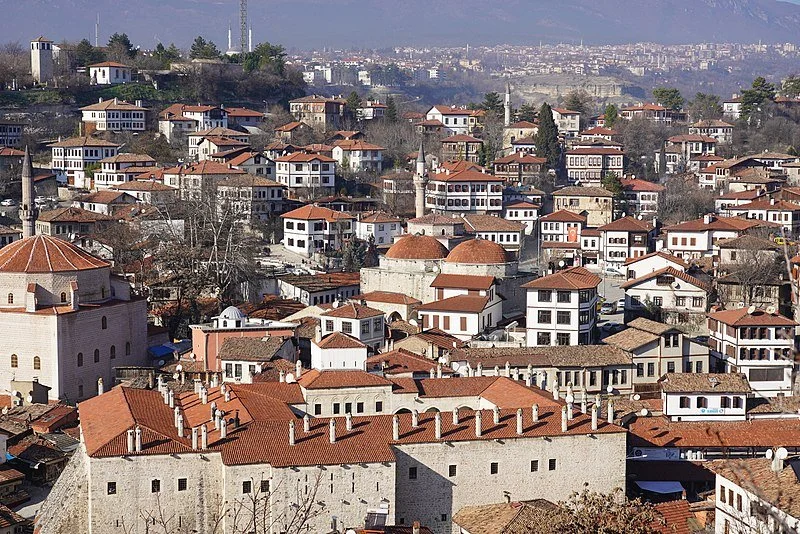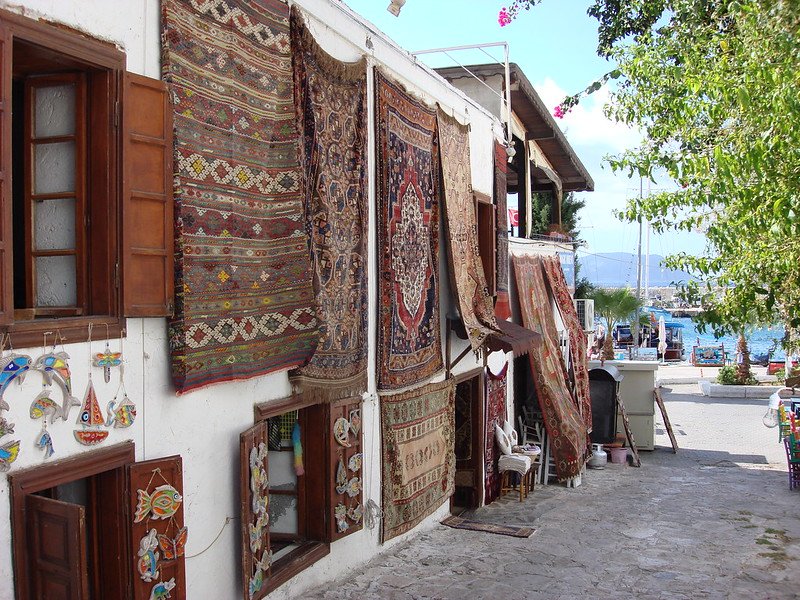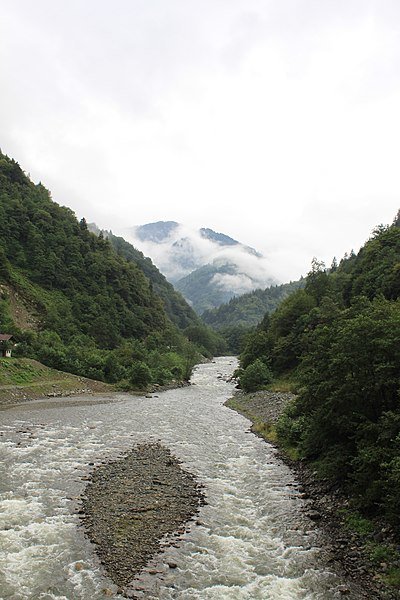A wealth of captivating new books flooded the shelves in 2023, enticing readers with diverse narratives and ideas—here are our top picks. These books will take you all over the world, from Malaysia to Argentina, from Palestine to Turkey, and through all of the major social issues of our time.
Fiction
1. Covenant of Water
by Abraham Verghese
Abraham Verghese's "The Covenant of Water" intricately weaves a haunting saga across three generations in Kerala, South India, exploring a family's struggle with a mysterious pattern of drownings from 1900 to 1977. Amidst the omnipresent waters of Kerala, this poignant narrative delves into love, faith and resilience, creating a vivid portrayal of human endurance, medical progress and intergenerational sacrifices in a changing India—a captivating literary masterpiece hailed by Oprah Winfrey as "unputdownable."
2. Our Share of Night
by Mariana Enriquez
In 'Our Share of Night,' a father and son confront a sinister family obsessed with immortality, spanning time and escaping the clutches of a menacing cult across different eras from 1960s London to Argentina's turbulent history. This narrative of family, the supernatural, and queer themes poses the question: Can anyone escape fate, or will love and sacrifice prevail? It's a compelling work by a visionary Latin American storyteller praised as 'mesmerizing' by Dave Eggers.
3. The House of Doors
by Tan Twan Eng
In 1921 Penang, "The House of Doors" follows Lesley Hamlyn and her husband Robert, alongside writer Somerset Maugham and his secretary Gerald. Maugham, dealing with a troubled marriage and seeking inspiration, discovers Lesley's intriguing past involving Dr. Sun Yat Sen. This captivating novel explores race, gender and power dynamics within the British Empire, weaving a tale of complex relationships and hidden truths.
4. Small Mercies
by Dennis Lehane
In Boston's 1974 heatwave, Mary Pat Fennessy's quest for her missing daughter intertwines with the mysterious death of a young Black man. As she delves into dangerous inquiries, she clashes with the Irish mob amid the city's explosive school desegregation turmoil. Dennis Lehane's "Small Mercies" is a gripping thriller exposing criminality, power dynamics and the chilling realities of American racism during this tumultuous period.
5. Straw Dogs of the Universe
by Ye Chun
Straw Dogs of the Universe follows the journey of Sixiang, a young girl sold in America, desperate to reunite with her father, a railroad worker in California, amid the challenges presented by the anti-Chinese movement. This sweeping historical saga spans generations from Chinese villages to the American West, exploring family resilience and the struggle for survival in a country that relies on and rejects its laborers.
6. The Reformatory
by Tananarive Due
In 1950, in Gracetown, Florida, twelve-year-old Robbie Stephens, Jr., is sent to The Reformatory to defend his sister, Gloria. His gift of seeing ghosts turns from solace to a window, revealing the horrors within. As the boys vanish, Robbie learns survival from friends Redbone and Blue while Gloria fights to rescue him. Tananarive Due's haunting historical fiction, "The Reformatory," unravels the hidden truths of the Jim Crow South and the notorious Dozier School for Boys, illuminating long-buried tragedies through Robbie's gripping narrative.
7. The Heaven & Earth Grocery Store
by James McBride
In 1972 Pottstown, Pennsylvania, the discovery of a skeleton in Chicken Hill, a neighborhood where Jewish immigrants and African Americans lived side by side, unravels long-held secrets. James McBride's "The Heaven & Earth Grocery Store" delves into the intertwined lives of Moshe, who integrated a theater, and Chona, who ran a grocery store, revealing their struggles and the community's resilience against adversity.
8. If I Survive You
by Jonathan Escoffery
In the 1970s, Topper and Sanya fled Kingston, Jamaica's political violence for Miami, only to face exclusion and hardship as Black immigrants. Jonathan Escoffery's "If I Survive You" follows Trelawny, navigating financial turmoil, racism, and family struggles with resilience. Through humor and vibrant storytelling, Escoffery unravels the challenges of being between cultures, offering a profound commentary on survival in a world shaped by capitalism and systemic biases. This debut marks Escoffery as a distinctive voice, chronicling the grim and hopeful aspects of American life.
9. Enter Ghost
by Isabella Hammad
Actress Sonia Nasir returns to Haifa, facing her fractured connection to Palestine. She gets involved in a West Bank Hamlet production, finding camaraderie among Palestinian actors determined to cross barriers. This poignant novel explores diaspora and resistance in present-day Palestine, highlighting the transformative power of artistry amid occupation.
10. What Napoleon Could Not Do
by DK Nnuro
This book follows siblings Jacob and Belinda Nti from Ghana and Wilder, a Texan businessman. Their varied perspectives unravel the American dream—Jacob's visa struggles, Belinda's success in education, and her marriage to Wilder, who confronts racial challenges. This poignant narrative explores their aspirations and experiences, shedding light on the promises and pitfalls of life in the U.S., capturing dashed hopes and realized dreams.
11. Loot
by Tania James
Abbas, a gifted woodcarver, enters Tipu Sultan's service, crafting a grand tiger automaton for the Sultan's sons. As war wreaks havoc across India and Europe, Abbas collaborates with renowned clockmaker Lucien du Leze. When invited to France, Abbas discovers the tiger's disappearance after British forces loot Tipu's palace. His mission changes to retrieving the automaton from an English estate, testing his skills and loyalty amid a backdrop of plundered art.
12. Chain Gang All Stars
By Nana Kwame Adjei-Brenyah
"Chain-Gang All-Stars" follows Loretta Thurwar and Hamara "Hurricane Staxxx" Stacker, stars of CAPE's death matches in a profit-driven private prison program. As fan favorites, they compete for freedom while grappling with their relationship and the brutal nature of the games. Thurwar, on the brink of freedom, wrestles with the ethical toll on her fellow Links. This searing novel examines systemic racism, capitalism, and mass incarceration in America's prison system, offering a poignant reflection on the true meaning of freedom.
13. Kantika
by Rebecca Cohen
This novel paints a vivid portrait of Rebecca Cohen, the spirited daughter of Istanbul's Sephardic elite. Displaced in Barcelona due to financial loss, Rebecca navigates life's joys and hardships, from a failed marriage to motherhood, across Spain, Cuba and New York. Her story delves into identity, exile, and the female experience in work, art and love, emphasizing resilience amid suffering and embracing life's beauty. Elizabeth Graver's lyrical novel celebrates women's strength and determination in seizing their destinies.
14. No One Prayed Over Their Graves
by Khaled Khalifa
The lives of Hanna and Zakariya are altered forever as they return to their village near Aleppo, Syria, to find it devastated by a massive flood. Hanna, once a wealthy libertine, transforms into an ascetic mystic after losing everything, delving into the meaning of life and death. The novel navigates their lives in Aleppine society at the turn of the 20th century, capturing the rich tapestry of friendships, love, and societal changes amidst the city's diverse communities.
15. Crook Manifesto
by Colson Whitehead
In this novel, set from 1971 to 1976, furniture store owner Ray Carney grapples with a chaotic city, the NYPD's clash with the Black Liberation Army, and a return to the criminal world for Jackson 5 tickets. Pepper, Carney's partner, ventures into Blaxploitation shoots, encountering Hollywood stars and criminals while displaying his prowess. Amid Harlem's upheaval in 1976, Carney and Pepper uncover corruption while facing family challenges in a crumbling city.
16. I Will Greet The Sun Again
by Khashayar J. Khabushani
"I Will Greet the Sun Again" traces K's struggle with identity as a young Iranian immigrant in the San Fernando Valley, dealing with feelings for his friend Johnny while navigating his family's expectations. After returning from Iran, K grapples with reconstructing his identity in a changed world. Khashayar J. Khabushani's novel delves into the challenges of being queer and Muslim in America, depicting a tender journey of self-discovery and belonging.
17. Birnam Wood
by Eleanor Catton
A New Zealand landslide isolates Thorndike town, prompting a guerrilla gardening group, Birnam Wood, to seize an abandoned farm for financial stability. However, an enigmatic billionaire, Robert Lemoine, claims the land for an end-times bunker, sparking a clash of ideologies and trust issues. This gripping thriller explores human survival instincts, alliances and the complexities of human nature in a tense narrative.
18. Faraway World
by Patricia Engel
This short story collection portrays Colombian expats in New York City, a Cuban woman seeking her brother's stolen bones and a couple hustling in Miami, each grappling with their pasts. These intimate and panoramic stories capture regret's liminality, the vitality of community and moments of love, offering a compassionate view of human connections.
19. Same Bed Different Dreams
by Soon Sheen
Reimagining a world where the Korean Provisional Government persists, working covertly towards a unified Korea, this novel intertwines narratives and mysterious images. Author Soon Sheen, employed by tech giant GLOAT, discovers an unfinished manuscript linking various personalities, blending reality and fiction. This imaginative tale by the acclaimed author of "Personal Days" offers an alternate reality where a unified Korea feels within reach.
20. Victory City
by Salman Rushdie
"Victory City" narrates the epic tale of Pampa Kampana, a nine-year-old girl in fourteenth-century southern India, chosen by a goddess after a divine encounter. Over 250 years, her life deeply intertwines with the rise and fall of Bisnaga, a magnificent city, sown from magical seeds and eventually ruined by human folly. Pampa strives to empower women in a patriarchal society, yet the city's complexities grow beyond her control. Crafted as an ancient epic, this saga embodies the enduring power of storytelling through love, adventure and myth.
21. A History of Burning
by Janika Oza
In 1898, an Indian teen named Pirbhai works for the British on the East African Railway, committing a fateful act. Janika Oza's multi-generational epic spans continents and time as Pirbhai's family navigates the repercussions of his deed. Born in Uganda during colonial rule's decline, his granddaughters faced upheaval and fled Idi Amin's sadistic dictatorship in 1972. The family's scattering leads to a global journey, questioning loyalties and defining their place in the world. "A History of Burning" traces an intimate saga of family, complicity, and resilience across generations.
22. The Most Secret Memory of Men
By Mohamed Mbougar Sarr and Lara Vergnaud
Winner of France's highly prestigious Prix Goncourt, "The Most Secret Memory of Men" follows Senegalese writer Diégane Latyr Faye's quest in Paris to uncover the mysterious author of a scandalous 1930s book. It delves into history's tragedies and explores themes of exile, art and cultural convergence between Africa and the West, celebrating the timeless power of literature.
23. Tremor
by Teju Cole
"Tremor" is Teju Cole's riveting exploration of life's complexities through Tunde, a West African photographer in New England. Amidst historical reflections, racial tensions and personal revelations, the novel delves into time's passage and the human capacity for survival and joy. Cole's masterful storytelling in this realistic yet inventive work resonates with literature, music and the profound experience of existence.
24. Age of Vice
by Deepti Kapoor
"Age of Vice" delves into how the Wadia family's opulence is tainted by violence, power and desire in contemporary India. Ajay, Sunny and Neda navigate ambition, corruption and forbidden romance in a gripping tale that spans from villages to the metropolis of New Delhi, revealing greed's consequences.
25. Family Lore
By Elizabeth Acevedo
Flor holds a unique power: foreseeing death dates. When she plans a living wake, her sisters wonder about her intentions and their own hidden truths. As the Marte women gather for the celebration, Elizabeth Acevedo's "Family Lore" unfolds, intertwining past and present in a vibrant tale of sisterhood, legacy, and revelations over three significant days.
26. Let Us Descend
by Jesmyn Ward
"Let Us Descend" is a vivid reimagining of American slavery, following Annis' harrowing journey from the Carolinas to a Louisiana sugar plantation. Jesmyn Ward intricately weaves family, spirituality and resilience themes in this powerful tale of sorrow and redemption set against the haunting backdrop of the American South's landscapes.
27. The Deluge
By Stephen Markley
In a turbulent 21st-century world, "The Deluge" weaves a gripping narrative involving Tony Pietrus, a threatened scientist, and a diverse array of characters. Their interconnected journeys traverse landscapes from California to Wyoming, unveiling a tale of courage, chaos and hope amid an impending ecological crisis and political upheaval. This ambitious novel confronts sacrifices made for humanity's survival, capturing a pivotal moment in time with unparalleled depth
NonFiction
28. King: A Life
by Jonathan Eig
Jonathan Eig's "King: A Life" is an extensively researched and vividly written biography, offering a fresh perspective on Martin Luther King Jr. It delves into his complex relationships, internal struggles, and his pivotal role in reshaping American race relations. This landmark biography captures MLK's brilliance as a strategist and his unwavering commitment to justice, making his message as relevant today as it was in his era.
29. Waiting to be Arrested at Night
by Tahir Hamut Izgil
In "Waiting to Be Arrested at Night," Tahir Hamut Izgil recounts the harrowing ordeal of the Uyghur people in China under the government's brutal crackdown. As a poet and intellectual, Tahir experienced the persecution firsthand, witnessing the disappearance of friends and neighbors into internment camps. His book is a plea for global awareness of the crisis and a tribute to silenced Uyghur voices.
30. The Rediscovery of America
by Ned Blackhawk
This narrative spans five centuries, highlighting how Indigenous history has shaped America. The author unveils pivotal moments where Native nations influenced colonization, the American Revolution, the Civil War and 20th-century activism. Blackhawk's retelling emphasizes Indigenous peoples’ enduring resilience and impact on the United States' history and identity.
31. Cobalt Red
by Siddharth Kara
"Cobalt Red" uncovers the grim truth of cobalt mining in the Congo through personal stories. Siddharth Kara delves into the harsh realities of child labor, militia control and global tech reliance on Congo's cobalt. With a call for global awareness, Kara highlights the urgent need to address this human rights and environmental crisis.
32. The Half-Known Life: In Search of Paradise
by Pico Iyer
One of the world’s greatest travel writers, explores this 3.64 Pico Iyer’s exploration in “Paradise,” which takes readers across diverse landscapes and beliefs, challenging our notions of utopia and peace. From Iran to North Korea and even high up in the Himalayas, he questions the essence of paradise, pondering its existence in the here and now amid life's complexities and suffering. With decades of global experiences, Iyer delivers an original, transformative perspective on finding moments of paradise within our everyday realities
33. How to Say Babylon
by Safiya Sinclair
This memoir recounts the author’s struggle against oppression within a strict Rastafari household, finding her voice through poetry and education. The book delves into her journey of breaking free from cultural constraints to reclaim her autonomy and power.
34. Some People Need Killing
by Patricia Evangelista
This gripping chronicle delves into the Philippines' drug war under Rodrigo Duterte. With meticulous reporting, Evangelista uncovers the brutal killings carried out in the name of law and order, shedding light on the nation's frightening atmosphere and the human impulses behind such violence.
35. The 272: The Families Who Were Enslaved and Sold to Build the American Catholic Church
by Rachel L. Swarns
Unveiling Georgetown University's connection to slavery by tracing the Mahoney family's multigenerational story, this groundbreaking account exposes the Catholic Church's reliance on enslaved labor, sparking a national conversation about reparations and the Church's role in American history.
36. We Were Once a Family
by Roxanna Asgarian
This gripping expose delves into a tragic murder-suicide involving six children adopted by a white couple. "We Were Once a Family" uncovers systemic faults in the foster care system, revealing racial biases and neglect. Asgarian's immersive journalism highlights the lives of the adopted children, their birth families and the failures of a flawed system that continues to endanger vulnerable youths.
37. Liliana’s Invincible Summer
by Cristina Rivera Garza
This poignant memoir, "Liliana's Invincible Summer," chronicles her quest for justice following her sister's tragic murder by an abusive ex-boyfriend. Rivera Garza honors Liliana’s vibrant spirit in luminous prose, tracing her life and final summer of 1990. Through a blend of scholarly insight and personal narrative, she confronts her the loss of her sister, crafting a moving testament to resilience and the ongoing fight against gendered violence.
38. The Great Escape :A True Story of Forced Labor and Immigrant Dreams in America
by Saket Soni
The gripping story of immigrant workers trapped in dire conditions on the Gulf Coast. Their daring escape, march to Washington, DC, and determined hunger strike unfold against the backdrop of their fight for dignity and justice. Saket Soni's narrative reveals the realities of forced labor and the challenges these workers face in their quest for fair treatment and human rights.
39. The Land of Hope and Fear
by Isabel Kershner
This expose delves into the lives of Israel’s diverse citizens, capturing the nation's divisions, aspirations and challenges through vivid narratives and on-the-ground insights.
40. Built from the Fire
by Victor Luckerson
Subtitled "The epic story of Tulsa’s Greenwood District, America’s Black Wall Street," this book unveils the story of a thriving Black community before and after the Tulsa Race Massacre. Through personal accounts and generational experiences, journalist Victor Luckerson narrates the neighborhood's legacy of strength, struggle against racism and its fight for survival in the face of adversity and urban renewal.
41. Fire Weather
by John Vaillant
"Fire Weather" recounts the 2016 Fort McMurray wildfire, highlighting its implications in our worsening climate crisis. John Vaillant examines fire's historical impact on societies, intertwining the evolution of North America's oil industry and climate science with the devastating effects of contemporary forest fires. This urgent narrative portrays our world's vulnerability to fire in an era of escalating climate change.
42. Pageboy
by Elliot Page
This poignant memoir navigates the highs and lows of fame, revealing the inner struggle of self-discovery and authenticity. From Juno's success to the suffocating pressures of Hollywood, Page shares a candid journey toward genuine self-empowerment and acceptance in a world constantly trying to define us.
43. The Secret Gate
by Homeira Qaderi
The chronicle of the gripping escape of Afghan author Homeira Qaderi and her son, aided by American diplomat Sam Aronson during the tumultuous Fall of Kabul. Amid the chaos, Sam orchestrated their daring passage through a secret entrance at the airport, navigating danger and gunfire to ensure their safety. This poignant narrative encapsulates bravery and survival against the backdrop of a collapsing Afghanistan.
44. Winnie and Nelson
by John Steinberg
Jonny Steinberg explores the intricate marriage of Nelson and Winnie Mandela, revealing their differing political paths and personal struggles amid the fight against apartheid. Steinberg unravels the complex relationship, offering a compelling narrative about love, political divergence and its impact on South African history.
45. Anansi’s Gold
by Yepoka Yeebo
The author uncovers a captivating saga of post-independence Ghana, detailing a charismatic scammer's audacious plot to exploit the nation's newfound independence. John Ackah Blay-Miezah's intricate deceptions and the chase to find Ghana's missing wealth make for a gripping narrative entwined with Cold War politics, international finance and the quest for truth in history
46. A Fever in the Heartland
by Timothy Egan
Pulitzer and National Book Award-winning author Egan delves into the rise of the Ku Klux Klan during the 1920s. The book focuses on D.C. Stephenson, the charismatic leader behind the Klan's growth, and Madge Oberholtzer, whose testimony became instrumental in its downfall. Egan delivers a gripping narrative that uncovers this dark episode in American history with compelling detail and historical depth.
47. Crossings: How Road Ecology is Shaping the Future of Our Planet
by Ben Goldfarb
Delving into the significant impact of roads on wildlife and habitats worldwide, Goldfarb explores the harm caused by roads, from animal deaths to habitat destruction, while showcasing innovative solutions like wildlife bridges. The book highlights the urgent need to minimize these environmental impacts for the well-being of all living creatures.
48. Poverty By America
by Matthew Desmond
In his eye-opening book, sociologist Matthew Desmond reveals how the affluent contribute to persistent poverty in the United States. He highlights how the wealthy drive down wages, inflate housing costs and limit financial access for the poor. Desmond calls for a reevaluation of the welfare system and collective action to achieve shared prosperity and real freedom for everyone.
49. American Gun: True Story of AR-15
by Eugene Stoner
"American Gun" explores the AR-15's journey from its creation by Eugene Stoner to its polarizing impact on American society. Authors Cameron McWhirter and Zusha Elinson investigate the rifle's rise in popularity, its adoption by the military and its controversial role in mass shootings and gun debates. They offer a balanced view of America's relationship with the AR-15, examining its allure, devastating effects and the political tensions surrounding its regulation.
50. An Inconvenient Cop
by Edwin Raymond
Edwin Raymond, the highest-ranking whistleblower in NYPD history, unveils the flaws in modern policing. His memoir reveals systemic issues, including racial profiling, moral dilemmas for officers and institutional structures that reward bias. Despite personal and professional struggles, Raymond remains committed to advocating for justice and reform within law enforcement, envisioning a future where police prioritize serving communities over statistics.
Raeann Mason
Raeann is a traveler, digital storyteller, and guide writer, with a degree in Mass Communication & Media from the Walter Cronkite School of Journalism. She is passionate about a/effective journalism and cultural exchange, and is an advocate of international solidarity and people's liberation. Her work at CATALYST focuses on reshaping the culture of travel and hospitality to be more ethically sound and sustainable.

